The Continental Divide Trail Gear Guide (2024 Survey)
In the next installment of this year’s Continental Divide Trail Thru-Hiker Survey, we dive into gear for hiking the CDT. Continental Divide Trail gear lists vary wildly between hikers, and (spoiler alert) finding a perfect CDT gear list is impossible. That said, we can try.
I’ve organized this in a way that I hope will give a comprehensive picture of what gear CDT thru-hikers are using. This post covers the highest-rated gear, the most common gear, base weights, gear advice, and more.
The gear covered here includes backpacks, shelters, sleeping bags, sleeping pads, insulated jackets, rain jackets, fleeces, shoes, socks, stoves, water treatment, trekking poles, ice axes, traction systems, bear canisters, satellite messengers/PLBs, fitness trackers, luxury items, and more.
I’ve tweaked the layout this year; instead of having two tables (generally) repeating the same gear in a different order (one with the most common and another with the highest rated), I have a single sortable table with the most common and highest rated stats.
As always, the goal is for this to be a helpful resource for CDT hikers, so if there’s anything you think is missing, please leave a comment below. Now for this year’s Continental Divide Trail Gear Guide by the CDT Class of 2024.

Notes on the Data
- This year, there were 213 completed surveys. Hiking next year? Sign up to take the survey here.
- Some responses are sorted and colored – e.g., northbound or southbound. More on this below.
- The Continental Divide Trail and thru-hiking generally use acronyms and jargon. If anything is unclear, the thru-hiker glossary may help. Please comment if you still can’t find what you’re looking for.
- I refer to survey respondents collectively as this year’s “class.” Remember, this is a sample.
- These results invoke basic statistics. To maximize your time here, familiarize yourself with average, median (M), and standard deviation (σ).
- More detailed posts focused on CDT Gear, CDT Resupply, CDT Horror Stories, and CDT Advice in the coming weeks. If you would like to be notified of new surveys, click here.
Notes on the Gear
- Backpacks: For weights/stats, I use capacities closest to 50 liters (if multiple options are available) based on this year’s average of 50.8 liters.
- Backpacks: Men’s and women’s versions of the same pack, for example, the Osprey Exos and the Osprey Eja, have been combined into a single pack.
- Backpacks: The Hyperlite Mountain Gear Southwest, Windrider, and Junction are all the same backpack but with different exterior pocket material combinations. These packs have been combined into a single pack where it makes sense.
- Sleeping bags and quilts: For weights/stats, I use the highest fill power available and the temperature rating closest to 20°F/-6°C (if multiple options are available) based on this year’s average of 17°F/-8.3°C.
- Sleeping pads: Therm-a-Rest has released a new version of their sleeping pads, the NXT line, since the last survey. The women’s version of the XLite has been discontinued and rolled into the new version. Therm-a-Rest sleeping pad models have been combined where it makes sense to do so. I’ve also stopped treating the short versions of the pads as different products. The pads’ MAX (i.e., rectangular versions) are still treated as separate.
- Insulated jackets: I’ve left the jacket and hoodie/hoody versions of jackets separate.
- Ice axes: For weights/stats, I use the length closest to 60 cm (if multiple options are available).
- Highest-rated gear: Only gear used and rated by at least ten hikers is assigned an average rating. If a piece of gear does not have a rating, it was used and/or rated by fewer than ten hikers.
- All ratings listed are the average (on a scale of 1 to 10) from each hiker who rated the gear.
- All prices are current as of the time of publication.
Data Labels
- Thru-Hikers
- Northbound Thru-Hikers
- Southbound Thru-Hikers
- The number (1) is appended when only using data from hikers who completed the trail.
- The number (0) is appended when only using data from hikers who did not complete the trail.
If no label has been appended, I used all collected data (i.e., it includes section hiker data).
Most Common CDT Gear
I asked each survey respondent about the gear they used during their Continental Divide Trail hike. With this information, we can see the most popular gear on the trail.
Here’s what this year’s “Most Common CDT Gear List” backpack had (and what that theoretical backpack was).
- Backpack: Gossamer Gear Mariposa (34.2 oz / 968 g)
- Shelter: Zpacks Duplex (1.16 lbs / 525 g)
- Sleeping bag: Enlightened Equipment Enigma (21.2 oz / 601 g)
- Sleeping pad: Therm-a-Rest NeoAir XLite NXT (13 oz / 369 g)
- Insulated jacket: Enlightened Equipment Torrid – Men’s/Women’s (8.4 oz / 238.14 g)
- Shell: Frogg Toggs Ultra-Lite – Men’s/Women’s (11 oz / 311 g)
- Fleece: Melanzana Microgrid Hoodie (12.1 oz / 343 g)
- Shoes: Altra Lone Peak – Men’s/Women’s (22 oz / 624 g)
- Socks: Darn Tough Hiker Micro Crew Midweight – Men’s/Women’s
- Stove: MSR PocketRocket 2 (2.4 oz / 68 g)
- Water treatment: Sawyer Squeeze (3 oz / 85 g)
- Food storage: Ursack Major XL (8.8 oz / 250 g)
- Trekking poles: Black Diamond Alpine Carbon Cork (17.1 oz / 485 g)
- PLB: Garmin inReach Mini 2 (3.5 oz / 100 g)
- Ice axe: C.A.M.P. Corsa (7.1 oz / 201 g)
- Traction device: Kahtoola MICROspikes (11.9 oz / 337 g)
- Umbrella: Gossamer Gear Lightrek Hiking (Chrome) Umbrella (6.3 oz / 179 g)
- Fitness tracker: Garmin fenix (2.79 oz / 79 g)
Total weight – Big 3 (pack, shelter, sleeping bag): 4.32 lb / 1.960 kg
Total weight – Big 4 (Big 3 + sleeping pad): 5.13 lb / 2.329 kg
All gear*: 9.4 lb / 4.262 kg
*This excludes trekking poles, shoes, socks, umbrella, and fitness tracker
In addition to the items noted above, these total base weights (a backpack’s weight minus food, water, and consumables – like poop paper) are missing a few pieces of gear (headlamp, extra clothing, electronics, etc.).
This brings us over halfway to the year’s average starting base weight of 15.49 lb / 7.026 kg. Note that the stove included in this list, the MSR PocketRocket 2, does not include the weight of a pot.
What is the total price of all this gear? $3,106 (with one pair of shoes and socks); I did not include the price tag of the Garmin fenix since most thru-hikers did not have a fitness tracker. What was the average thru-hikers spent on gear before beginning their hikes? $1,139 (M = $1,000 | σ = $988).
Highest-Rated Gear List
In addition to asking each Continental Divide Trail hiker what gear they used, I asked hikers to rate each piece of gear. No point in doing what everyone else is doing if none of them are happy with their choices, right? I’ve also used the results to construct a top-ten list for each category surveyed.
Here’s what this year’s “Highest-Rated CDT Gear List” backpack had (and what that theoretical backpack was).
- Backpack: Hyperlite Mountain Gear Southwest (31.1 oz / 882 g)
- Shelter: Zpacks Duplex (1.16 lbs / 525 g)
- Sleeping bag/quilt: Katabatic Flex (22.8 oz / 646 g)
- Sleeping pad: Therm-a-Rest NeoAir XTherm NXT (15.5 oz / 439 g)
- Insulated jacket: Enlightened Equipment Torrid – Men’s/Women’s (8.40 oz / 238.14 g)
- Shell: Montbell Versalite – Men’s/Women’s (6.4 oz / 182 g)
- Fleece: Melanzana Microgrid Hoodie V2 (12.1 oz / 343 g)
- Shoes: Topo Athletic Terraventure – Men’s/Women’s (20.2 oz / 573 g)
- Socks: Darn Tough Hiker Boot Midweight – Men’s/Women’s
- Stove: MSR PocketRocket 2 (2.4 oz / 68 g)
- Water treatment: Sawyer Squeeze (3 oz / 85 g)
- Food storage: Ursack AllMitey 10L (9.5 oz / 268 g)
- Trekking poles: Black Diamond Trail Cork (17.4 oz / 494 g)
- PLB: Garmin inReach Mini 2 (3.5 oz / 100 g)
- Ice axe: C.A.M.P. Corsa (7.1 oz / 201 g)
- Traction device: Kahtoola MICROspikes (11.9 oz / 337 g)
- Fitness tracker: Garmin fenix (2.79 oz / 79 g)
Total weight – Big 3 (pack, shelter, sleeping bag): 4.53 lbs / 2.053 kg
Total weight – Big 4 (Big 3 + sleeping pad): 5.49 lbs / 2.492 kg
All gear*: 9.51 lbs / 4.314 kg
Keen readers may have noticed there is no umbrella listed here. This is because I did not ask hikers to rate their umbrellas. Perhaps I should have. However, I did ask in which sections they carried their umbrellas. This information will be covered in a future post.
*This does not include trekking poles, shoes, socks, or fitness tracker
In addition to the items noted above, these total base weights (a backpack’s weight minus food, water, and consumables – like poop paper) are missing a few pieces of gear (headlamp, extra clothing, electronics, etc.). It brings us over halfway to the year’s average starting base weight of 15.49 lb / 7.026 kg. Note that the stove included in this list, the SOTO Windmaster, does not include the weight of a pot.
What is the total price of all this gear? $3,419 (with one pair of shoes and socks); I did not include the price tag of the Garmin fenix since most thru-hikers did not have a fitness tracker. What did the average thru-hikers spend on gear before beginning their hikes? $1,139 (M = $1,000 | σ = $988).
Backpacks
One thing everyone definitely (probably?) needs if they’re going on an extended backpacking trip? A backpack.
A backpack can do a lot to define a hiker, and you can usually tell a lot (or at least think you can tell a lot) about a hiker by simply looking at their pack. This first section will examine backpack stats and the most common/highest-rated backpacks among Continental Divide Trail hikers this year.
Here is the average backpack size used by thru-hikers.
Thru-Hikers
50.8
(M = 55 | σ = 12.2)
Thru-Hikers (1)
50.3
(M = 55 | σ = 11.9)
Thru-Hikers (0)
54.3
(M = 55 | σ = 12.2)
Hikers’ most common complaints when it came to backpacks this year?
Packs were uncomfortable with heavy loads. Be sure that if you get an ultralight pack designed for ultralight carries, you don’t expect it to feel great when it’s loaded with a week’s worth of food and five liters of water.
Most Common CDT Backpacks
The Gossamer Gear Mariposa was the highest-rated pack on the CDT this year. It weighs 34.2 oz / 968 g, comes in two colors and three sizes, has a 60 L capacity, and a recommended max carry load of 35 lb / 16 kg (but 30 lb / 14 kg for comfort). It’s made from 100 & 200D Robic high-tensile strength nylon and has three different-sized hip belts to find the optimal fit.
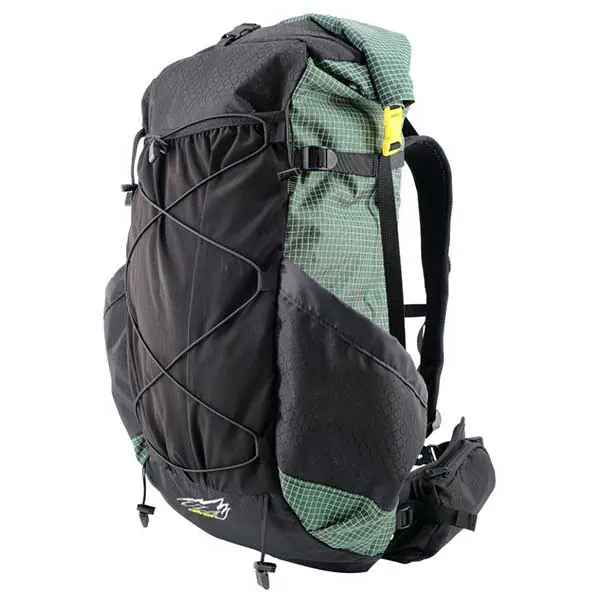

Highest-Rated CDT Backpacks
The Hyperlite Mountain Gear Southwest/Windrider/Junction was/were the highest-rated pack(s) on the CDT this year. I’ve combined these packs since they’re essentially the same pack but with different pocket material configurations. The most commonly used of the three was the Southwest, which weighs 31.1 oz / 882 g, costs $379, and is rated to carry loads up to 40 lb / 18 kg.


CDT Backpack Breakdown
| Popularity | Rating | Backpack | Price | Weight (lb) | Weight (g) | Liters | Max Load |
|---|---|---|---|---|---|---|---|
| 1 | 7.89 | Gossamer Gear Mariposa | $285 | 2.13 | 968 | 60 | 35 lb | 16 kg |
| 2 | 8.28 | Durston Kakwa | $260 | 1.94 | 890 | 55 | 45 lb | 20 kg |
| 3 | 8.71 | ULA Circuit | $300 | 2.33 | 1060 | 68 | 35 lb | 16 kg |
| 4 | 8.00 | Osprey Exos/Eja | $260 | 2.84 | 1290 | 58 | 35 lb | 16 kg |
| 5 | 9.08 | Hyperlite Mountain Gear Junction/Southwest/Windrider | $379 | 1.98 | 897 | 55 | 40 lb | 18 kg |
| 6 | -- | Zpacks Arc Haul | $399 | 1.29 | 584 | 50 | 40 lb | 18 kg |
| 7 | -- | Nashville Pack Cutaway | $342 | 0.98 | 445 | 43 | 25 lb | 12 kg |
| 8 | -- | Osprey Atmos AG/Aura AG | $315 | 4.5 | 2040 | 50 | 35 lb | 16 kg |
| 9 | -- | Atom Packs Prospector | $279 | 1.95 | 883 | 50 | 42 lb | 19 kg |
| 10 | -- | Hyperlite Mountain Gear Unbound | $399 | 1.89 | 856 | 55 | 40 lb | 18 kg |
Shelters
Shelters—the umbrella term for tents because there are options such as bivy sacks, tarps, hammocks, pyramids, and lean-tos—are another essential piece of Continental Divide Trail gear. Hikers should consider whether they would like their shelter to be freestanding.
What is a freestanding shelter? It’s a shelter that needs only the tent body and its poles to be set up – no stakes or superfluous tie-outs required. An example of this type of shelter is the Big Agnes Copper Spur UL2.
Shelters that are not freestanding must be staked or tied out to be set up properly. These shelters typically (but not always) use trekking poles instead of the more traditional tent poles to be set up – something to consider when considering shelter weights and prices. An example of this kind of shelter is the year’s most common shelter, the Zpacks Duplex.
Lastly, a semi-freestanding shelter is one that (typically) uses tent poles and can stand on its own but that requires at least one stake or tie-outs to be completely set up. An example of this shelter is the Big Agnes Tiger Wall UL2.
Shelter Type
The percentage of hikers using each type of shelter on the Continental Divide Trail.
- 61.8% – Non-freestanding
- 20.1% – Freestanding
- 8.8% – Semi-freestanding
- 8.8% – Tarp
- 0.5% – Hammock

Of the top ten most common shelters, the Big Agnes Copper Spur UL2 was freestanding.
One of the top ten most common shelters, the NEMO Hornet OSMO 2P, is semi-freestanding. This means it can stand independently without stakes but requires stakes to be set up fully/properly.
The remaining eight are not freestanding.
Most Common/Highest Rated CDT Shelters
The Zpacks Duplex was the most common shelter on the CDT this year (for the fourth year). It’s a $699, two-person, side-entry, 17.9 oz / 507 g shelter requiring two trekking poles to set up. It’s made from .55 oz/yd² Dyneema Composite Fabric and requires at least six stakes to set up (not included in the price tag).
Only the Duplex and the X-Mid Pro 1 were used by at least ten hikers, and therefore, they are the only two shelters to receive a rating. Their ratings mirror their popularity.
CDT Shelter Breakdown
| Popularity | Rating | Shelter | Price | Weight (lb) | Weight (g) | Floor | Freestanding | Capacity |
|---|---|---|---|---|---|---|---|---|
| 1 | 9.00 | Zpacks Duplex | $699 | 1.12 | 507 | 28 ft² / 2.6 m² | No | 2 |
| 2 | 8.29 | Durston X-Mid Pro 1 | $549 | 1.08 | 490 | 20 ft² / 1.9 m² | No | 1 |
| 3 | -- | Big Agnes Copper Spur UL2 | $550 | 2.62 | 1190 | 29 ft² / 2.7 m² | Yes | 2 |
| 4 | -- | Zpacks Plex Solo | $599 | 0.91 | 413 | 20.6 ft² / 1.91 m² | No | 1 |
| 5 | -- | Gossamer Gear The One | $255 | 1.11 | 503 | 15.8 ft² / 1.5 m² | No | 1 |
| 6 | -- | Zpacks Altaplex | $669 | 0.82 | 374 | 25 ft² / 2.3 m² | No | 1 |
| 7 | -- | Big Agnes Tiger Wall UL2 | $480 | 2.19 | 993 | 28 ft² / 2.6 m² | Semi | 2 |
| 8 | -- | Durston X-Mid 1 | $234 | 1.75 | 795 | 20 ft² / 1.85 m² | No | 1 |
| 9 | -- | Durston X-Mid Pro 2 | $639 | 1.26 | 570 | 28.75 ft² / 2.7 m² | No | 2 |
| 10 | -- | NEMO Hornet OSMO 2 | $430 | 2.25 | 1020 | 27.5 ft² / 2.6 m² | Semi | 2 |
| 11 | -- | Hyperlite Mountain Gear Mid 1 | $599 | 1.05 | 476 | 21 ft² / 1.95 m² | No | 1 |
| 12 | -- | Six Moon Designs Lunar Solo | $260 | 1.63 | 740 | 26 ft² / 2.4 m² | No | 1 |
Note: The Durston X-Mid Pro 1 and the X-Mid Pro 2 are available in woven and Dyneema versions with or without stakes. The data above reflects the woven versions without stakes.
Sleeping Bags & Quilts
Is there a generic term for sleeping bags and quilts? Sleeping sacks? Insulation-filled backpacking tortillas? Writing sleeping bags/quilts is a bit excessive/unnecessary feeling. Suggestions welcome.
Quilts have become the unofficial standard in thru-hiker kits; three of the top five most common insulation-filled backpacking tortillas were quilts. That said, many quilts come in a variety of temperature ratings and are, many times, largely customizable.
Individual hiker temperature needs can vary greatly. How warm of a sleeper are you? Which sleeping pad do you have? Do you sleep in your clothes? With another person? In a small tent? A big tent? With a dog? Bigfoot?
The typical range for CDT sleeping bags and quilts is between 10°F and 20°F (-12.2°C to -6.7°C). Which bag will be best for you depends. Here’s what this year’s class had.
Thru-Hikers
17°F
-8.3°C
(M = 20°F/-6.7°C | σ = 7.7)
Average sleeping bag temperature
Thru-Hikers
65.9%
Percentage of hikers using a quilt
Thru-Hikers
19.3°F
-7.1°C
Average temperature of hiker bag/quilt who wanted something warmer
Most Common CDT Sleeping Bags
This year, the Enlightened Equipment Enigma was the CDT’s most common quilt (sleeping bag). The Enigma is highly customizable and comes in various lengths, widths, temperature ratings, fill powers, and colors. What’s the difference between the Enigma and the Revelation? The Enigma has a sewn foot box, and the Revelation does not (i.e., the Revelation can be laid completely flat).
Highest-Rated CDT Sleeping Bags & Quilts
The Katabatic Flex was the CDT’s highest-rated sleeping bag (or quilt) on the CDT this year. It has a zippered footbox (i.e., it can be laid completely flat) and comes in two different fill-power options, three length options, and two widths. A regular width, six-foot, 900-fill Flex weighs 22.8 oz / 646 g and has 14.3 oz / 405 g of fill weight (i.e., how much down is inside it). The shoulder width is 54 in / 137 cm, which is similar to. a63 in / 160 cm mummy sleeping bag.
CDT Sleeping Bag & Quilt Breakdown
| Popularity | Rating | Bag/Quilt | Price | Weight (lb) | Weight (g) | Temperature | Fill | Fill Weight |
|---|---|---|---|---|---|---|---|---|
| 1 | 8.69 | Enlightened Equipment Enigma | $320 | 1.32 | 601 | 20°F / -6.7°C | 950 duck | 13.83 oz / 392 g |
| 2 | 8.85 | Enlightened Equipment Revelation | $315 | 1.2 | 544 | 20°F / -6.7°C | 950 duck | 14.4 oz / 408 g |
| 3 | 9.38 | Katabatic Gear Flex | $454 | 1.42 | 646 | 22°F / -5.6°C | 900 goose | 14.3 oz / 405g |
| 4 | -- | Western Mountaineering Versalite | $720 | 2 | 907 | 10°F / -12.2°C | 850 goose | 20 oz / 565 g |
| 5 | -- | REI Co-op Magma | $429 | 2.22 | 1006 | 15°F / -9°C | 850 goose | 23.3 oz / 660 g |
| 6 | -- | Katabatic Gear Sawatch | $484 | 1.54 | 700 | 15°F / -9.4°C | 900 goose | 16.6 oz / 471 g |
| 7 | -- | Therm-a-Rest Vesper | $490 | 1.10 | 540 | 20°F / -6.7°C | 900 goose | 12.5 oz / 354 g |
| 8 | -- | Zpacks Classic Sleeping Bag | $459 | 1.18 | 533 | 20°F / -6.7°C | 900 goose | 13.8 oz / 390 g |
| 9 | -- | Underground Quilts Bandit | $395 | 1.5 | 680 | 20°F / -6.7°C | 950 goose | N/A |
Sleeping Pads
Sleeping pads are another must-have item on the Continental Divide Trail. Hikers have two options: an inflatable or foam sleeping pad.
Both have pros and cons. Foam pads can’t pop, can be easily deployed, aren’t noisy, and make acceptable LARPing weapons; inflatable pads pack down small, have higher R-values (i.e., they’re warmer), can (sometimes) be lighter, and make acceptable rafts.
Which sleeping pad is best depends on your personal needs and, in some cases, how much durability you’re willing to sacrifice to save weight. Most CDT hikers used inflatable sleeping pads, with 48% using some Therm-a-Rest NeoAir XLite NXT version (regular, small, or the now-discontinued women’s).
The percentage of hikers using each style of sleeping pad on the Continental Divide Trail this year.
- 91% – Inflatable
- 9% – Foam

Most Common CDT Sleeping Pads
This year, the Therm-a-Rest NeoAir XLite NXT was the most common sleeping pad on the Continental Divide Trail. In size regular, this air pad has an R-value of 4.5, weighs 13 oz / 369 g, packs to 4.1 x 9 in / 10 x 23 cm, and is 3 in / 7.6 cm thick. It’s also available in short, wide, and large sizes.


Highest-Rated CDT Sleeping Pads
This year, the Therm-a-Rest NeoAir XTherm NXT was the highest-rated sleeping pad on the Continental Divide Trail. In size regular, this air pad has an R-value of 7.3, weighs 15.5 oz / 439 g, packs to 4.5 x 9 in / 11.4 x 23 cm, and is 3 in / 7.6 cm thick. It’s also available in regular-wide and large sizes.
CDT Sleeping Pad Breakdown
| Popularity | Rating | Sleeping Pad | Price | Weight (oz) | Weight (g) | R-Value | Thickness |
|---|---|---|---|---|---|---|---|
| 1 | 8.88 | Therm-a-Rest NeoAir XLite NXT | $210 | 13 | 369 | 4.5 | 3 in / 7.6 cm |
| 2 | 9.50 | Therm-a-Rest NeoAir XTherm NXT | $240 | 16 | 454 | 7.3 | 3 in / 7.6 cm |
| 3 | 8.29 | Therm-a-Rest NeoAir XLite (Women's) | Discontinued | 14.5 | 411 | 4.2 | 3 in / 7.6 cm |
| 4 | 8.00 | Therm-a-Rest NeoAir XLite NXT (Short) | $200 | 11.5 | 326 | 4.5 | 3 in / 7.6 cm |
| 5 | 8.40 | NEMO Tensor | $180 | 13 | 369 | 2.8 | 3.5 in / 8.9 cm |
| 6 | -- | Therm-a-Rest Z Lite SOL | $60 | 14 | 397 | 2 | 0.75 in / 1.9 cm |
| 7 | -- | Big Agnes Rapide SL | $150 | 18 | 510 | 4.8 | 4.25 in / 10.8 cm |
| 8 | -- | NEMO Switchback | $60 | 14.5 | 415 | 2 | 0.9 in / 2.3 cm |
| 9 | -- | NEMO Tensor All Season | $200 | 16 | 454 | 5.4 | 3.5 in / 8.9 cm |
Insulated Jackets
Every Continental Divide Trail hiker should also have something to keep the top half of their body warm—whether this is a base layer, a fleece, or an insulated jacket. Of this year’s class, 90.4% had an insulated jacket, meaning 12% said they didn’t bring one.
I’m using “Insulated jacket” because “down jacket” isn’t accurate since not all jackets use down insulation and because the word “puffy” isn’t quite official. Also, I don’t know whether to spell the plural “puffys” or “puffies.” They both look weird.
Many of the most popular insulated jackets have hooded and non-hooded versions. Typically, the hoodless versions are called “jackets,” while the hooded versions are called hoodies (e.g., Mountain Hardwear Ghost Whisperer Jacket vs. Mountain Hardwear Ghost Whisperer Hoody).
The percentage of hikers using a hoody versus those using a jacket (without a hood) on the Continental Divide Trail.
- 79.8% – Hoody
- 20.2% – Jacket (no hood)

Most Common/Highest Rated CDT Insulated Jackets
This year, the Enlightened Equipment Torrid Men’s/Women’s was the most common insulated jacket on the Continental Divide Trail. The hoody has synthetic insulation, weighs 8.40 oz / 238.14 g, comes in 10D /or 7D shell options, and is available in sizes up to 2XL. The hood is cinchable, the jacket has elastic wrist closures, and two zippered hand-warmer pockets with a waist shock cord adjustment inside.
The only two insulated jackets used by ten or more hikers were the Enlightened Equipment Torrid (Men’s/Women’s) and the Mountain Hardwear Ghost Whisperer Hoody (Men’s/Women’s). The Torrid was the top-rated jacket and the most common.
| Popularity | Rating | Insulated Jacket | Price | Weight (oz) | Weight (g) | Hood | Pockets |
|---|---|---|---|---|---|---|---|
| 1 | 9.25 | Enlightened Equipment Torrid (M/W) | $200 | 8.29 | 235 | Yes | 2 hand |
| 2 | 8.55 | Mountain Hardwear Ghost Whisperer Hoody (M/W) | $360 | 10.7 | 302 | Yes | 2 hand |
| 3 | -- | Decathlon Forclaz MT100 Hooded (M/W) | $100 | 11.3 | 320 | Yes | 2 hand |
| 4 | -- | Patagonia Micro Puff Hoody (M/W) | $329 | 10.5 | 298 | Yes | 2 hand | 2 drop |
| 5 | -- | Mountain Hardwear Ghost Whisperer Jacket (M/W) | $330 | 8 | 226 | No | 2 hand |
| 6 | -- | Feathered Friends Eos (M/W) | $409 | 10.8 | 306 | Yes | 2 hand | 1 external chest |
| 7 | -- | Montbell Superior Down Jacket (M/W) | $180 | 6.2 | 176 | No | 2 hand |
| 8 | -- | Arc'teryx Cerium Hoody (M/W) | $400 | 11.9 | 337 | Yes | 2 hand | 1 internal chest |
| 9 | -- | Patagonia Micro Puff Jacket (M/W) | $279 | 10.4 | 295 | No | 2 hand | 2 drop |
| 10 | -- | Patagonia Nano Puff Hoody (M/W) | $289 | 12.8 | 363 | Yes | 2 hand | 1 internal chest |
Shells
Shells, or rain jackets, aren’t something that Continental Divide Trail hikers use every day, but they should also not be overlooked. Weather on the CDT can be wild and unpredictable; getting caught unprepared in a storm could quickly become life-threatening.
Most Common CDT Shells
This year, the Frogg Toggs Ultra-Lite Rain Suit was the most common rainwear on the Continental Divide Trail. I hesitate to prescribe the title, jacket, or shell since it’s as much an emergency shell as a rain jacket, but it’s popular nonetheless. That said, it consistently has one of the lowest ratings of any piece of rain gear used by CDT hikers. I try to remain objective in these guides, but I feel it worth mentioning if you are looking for something that will keep you warm/dry during periods of extended rain, there are far better (albeit more expensive) options available.
Highest-Rated CDT Shells
This year, the Montbell Versalite (Men’s/Women’s) was the highest-rated rainwear on the Continental Divide Trail. It’s a 6.4 oz / 182 g jacket made with GORE-TEX WINDSTOPPER fabric. It has pit zips, a pocket hem adjuster, and two hand-warmer pockets placed hiker up to not be in the way of a hipbelt, fanny pack, or harness.
CDT Shell Breakdown
| Popularity | Rating | Shell | Price | Weight (oz) | Weight | Fabric | Pit Zips |
|---|---|---|---|---|---|---|---|
| 1 | 7.71 | Frogg Toggs Ultra-Lite (M/W) | $30 | 5.5 | 156 | Three-layer polypropylene | No |
| 2 | 7.05 | Outdoor Research Helium (M/W) | $230 | 7.05 | 200 | 2.5-layer Pertex Shield (Nylon) | No |
| 3 | 8.28 | Montbell Versalite (M/W) | $260 | 6.4 | 182 | 2-layer GORE-TEX Infinium Windstopper | Yes |
| 4 | 7.77 | Enlightened Equipment Visp (M/W) | $250 | 5.61 | 159 | 7D nylon + PU membrane + tricot lining | Yes |
| 5 | 7.70 | Lightheart Gear Rain Jacket | $150 | 6 | 170 | 20D Ripstop Polyester | Yes |
| 6 | 8.20 | Zpacks Vertice (M/W) | $249 | 5.6 | 160 | 1.50 oz/yd² Vertice | Yes |
| 7 | -- | Patagonia Torrentshell (M/W) | $179 | 14.1 | 400 | 3L 3.5-oz 50D ECONYL Recycled Nylon | Yes |
| 8 | -- | Black Diamond Fineline Stretch (M/W) | $180 | 11.29 | 320 | BD.dry 2.5L | Yes |
| 9 | -- | Marmot PreCip (M/W) | $120 | 11 | 305 | NanoPro 100% Nylon | Yes |
| 10 | -- | REI Co-op Rainier (M/W) | $100 | 11.3 | 320 | Recycled Ripstop Nylon | Yes |
| 11 | -- | Arc’teryx Beta (M/W) | $400 | 13.2 | 375 | GORE-TEX w/ GORE C-KNIT backer | Yes |
Fleeces
Many hikers carry a fleece in addition to or instead of an insulated jacket. They are typically more comfortable to hike in (if you’re using your extra layers for more than just staying warm at camp) and can offer more versatility than a puffy, depending on the situation.
An increasing number of hikers are bringing fleeces, with 74.3% bringing a fleece as part of their CDT gear list.
The following breakdown shows the percentage of CDT hikers who brought only a fleece, only an insulated jacket, both, or neither (not recommended).
- 65.6% – Insulated jacket and fleece
- 24.6% – Insulated jacket only
- 8.7% – Fleece only
- 1.1% – Neither

Most Common/Highest Rated CDT Fleeces
For the third year, the most common fleece on the Continental Divide Trail was the Melanzana Microgrid Hoodie. Despite only being available locally at their store in Leadville, Colorado, most hikers with a fleece had a Melly—a 12.2 oz / 346 g pullover with a hood and a kangaroo pocket in the front. Know what goes past Leadville? The CDT.
The Melanzana Microgrid Hoodie, the Senchi Designs Alpha 90, and the Senchi Designs Alpha 60 were the only fleeces used by enough hikers to earn a rating. The Melanzana Microgrid was the highest rated, with the Senchi Alpha 90 in second and the Senchi Designs Alpha 60 in third.
CDT Fleece Breakdown
| Popularity | Rating | Fleece | Price | Weight (oz) | Weight (g) | Fabric | Zip |
|---|---|---|---|---|---|---|---|
| 1 | 8.90 | Melanzana Microgrid Hoodie V2 | $86 | 12.1 | 343 | Polyester Micro Grid | None |
| 2 | 8.81 | Senchi Designs Alpha 90 Hoodie | $95 | 4.6 | 130 | Polartec Alpha Direct 90 | Half |
| 3 | 8.73 | Senchi Designs Alpha 60 Hoodie | $85 | 3.4 | 96 | Polartec Alpha Direct 60 | None |
| 4 | -- | Senchi Designs Alpha 120 Hoodie | $95 | 7.6 | 215 | Polartec Alpha Direct 120 | None |
| 5 | -- | Mountain Hardwear AirMesh Hoody (M/W) | $85 | 4.75 | 135 | Polyester | None |
| 6 | -- | Patagonia R1 Air Full-Zip Hoodie (M/W) | $179 | 12.9 | 366 | Recycled Polyester | Full |
| 7 | -- | FarPointe Alpha Cruiser | $90 | 4.9 | 139 | Polartec Alpha Direct 90 | None |
| 8 | -- | Patagonia R1 Pullover (M/W) | $139 | 11.7 | 332 | 93% Recycled Polyester, 7% Spandex | Quarter |
Shoes
Shoes are perhaps one of the most important gear choices for Continental Divide Trail hikers as they’re what’s literally moving you up the trail. They’re also one of the most individual-specific pieces of gear. Let me get this out of the way now and say there is no such thing as a “best thru-hiking shoe.”
What may be the objective best choice for one person could easily be the objective worst choice for another. The “best thru-hiking shoes” are the ones that work best for the individual. Don’t be afraid to try multiple models from multiple brands to find the most comfortable shoe for your foot.
This year, I’m breaking down shoes a bit more. I’ve included the type of shoe used, whether thru-hikers used waterproof shoes, and whether thru-hikers changed their shoe size during their hikes.
Type of Shoe Used
- 93.3% – Low top shoes
- 3.8% – Mid-top shoes
- 2.4% – Boots
- 0.5% – Sandals

Waterproof Shoe Use
Many shoes commonly used by CDT hikers have waterproof versions available. However, most hikers choose not to use waterproof shoes.
- 95.7% – Not using waterproof shoes
- 4.3% – Using waterproof shoes

Hiker Shoe Size Changes
It’s commonly recommended that thru-hikers size up their shoes on the CDT, as many people’s feet will swell during a thru-hike. Here’s what this year’s class did.
- 26.5% – Sized up
- 70.6% – Didn’t change shoe size
- 2.8% – Sized down

For more on hiking shoes, check out the Best Shoes for Thru-Hiking.
Most Common CDT Shoes
The Altra Lone Peak (Men’s/Women’s) was the most common shoe on the feet of Continental Divide Trail hikers this year. They cost $140 per pair, have a 0 mm heel-toe drop, and weigh 22.3 oz / 632 g per pair. On average, thru-hikers (1) used five pairs of these on the trail (4.73 to be exact). Altra frequently releases new versions of the Lone Peak; at the time of publication, the latest is the Lone Peak 9.
Highest-Rated CDT Shoes
The Topo Athletic Terraventure (Men’s/Women’s) was the highest-rated shoe on the feet of Continental Divide Trail hikers this year. They cost $135 per pair, have a 3 mm heel-toe drop, have a rock plate, and weigh 20.2 oz / 573 g per pair. On average, thru-hikers (1) used five pairs of these on the trail (4.80 to be exact). Topo occasionally releases new versions of the Terraventure; at the time of publication, the latest is the Terraventure 4.
CDT Shoe Breakdown
| Popularity | Rating | Shoes | Price | Weight (oz) | Weight (g) | Heel-Toe Drop | Number Used |
|---|---|---|---|---|---|---|---|
| 1 | 8.27 | Altra Lone Peak (M/W) | $140 | 22.3 | 632 | 0 mm | 4.73 |
| 2 | 8.42 | HOKA ONE ONE Speedgoat (M/W) | $155 | 20.6 | 584 | 4 mm | 5.42 |
| 3 | 8.70 | Topo Athletic Terraventure (M/W) | $135 | 20.2 | 573 | 3 mm | 4.80 |
| 4 | 7.90 | Altra Olympus (M/W) | $175 | 24.4 | 692 | 0 mm | 4.89 |
| 5 | -- | Brooks Cascadia (M/W) | $140 | 23.3 | 661 | 8 mm | 4.57 |
| 6 | -- | Topo Athletic Ultraventure (M/W) | $150 | 20.8 | 590 | 5 mm | 4.50 |
| 7 | -- | Topo Athletic Traverse (M/W) | $150 | 21.2 | 601 | 5 mm | 4.40 |
Shoe Notes: Even if you knew that each pair of your shoes would last you 700 mi / 1,125 km, buying yourself four pairs at the start of the hike would be risky – what if the shoes aren’t as comfortable as you thought? What if your feet swell? What if you die?
Remember, once you know you need a new pair, you can buy shoes and have them mailed ahead of you on the trail (to a post office, hotel, local outfitter, trail angel, etc.). If you encounter an emergency, you can always buy locally or wait for your shoes to arrive in the mail (this latter happens more than you might imagine).
Socks
After shoes, Continental Divide Trail hiker socks take the most (if not more) damage from the daily grind of the trail. Darn Tough is the standout sock brand among hikers – occupying four of the top five most common spots and all five of the highest-rated spots.
Hikers love these socks for their comfort and durability and because they’re “Unconditionally Guaranteed for Life.” Basically, if you wear a hole in your sock(s) while hiking, you can get a new pair (reasonable exceptions apply, such as fire damage or animal tearing apart). Over 79% of CDT hikers had Darn Tough socks on the trail.
For more on hiking socks, check out the Best Socks for Thru-Hiking.
Most Common CDT Socks
Darn Tough dominated Continental Divide Trail hiker feet this year, with the Darn Tough Hiker Micro Crew Midweight (Men’s/Women’s) being the most common model. These socks are made of 61% merino wool, 36% nylon, and 3% spandex. They have a medium cushion, cost $26 a pair, and have an unconditional lifetime guarantee. The second most common sock was the Light Cushion (Men’s/Women’s) of this sock.
Highest-Rated CDT Socks
This year, the Continental Divide Trail’s highest-rated sock was the Darn Tough Hiker Boot Midweight (Men’s/Women’s). They are made of 64% merino wool, 34% nylon, and 3% spandex; they have a medium cushion, cost $28 a pair, and have an unconditional lifetime guarantee. They’re also (at the time of publication) available in six color options, which is more than most of the other Darn Tough socks.
CDT Sock Breakdown
| Popularity | Rating | Socks | Price | Fabric | Cushion | Height |
|---|---|---|---|---|---|---|
| 1 | 9.36 | Darn Tough Hiker Micro Crew Midweight (M/W) | $26 | 61% merino wool, 36% nylon, 3% spandex | Medium | Crew |
| 2 | 9.21 | Darn Tough Light Hiker Micro Crew (M/W) | $25 | 54% nylon, 43% merino wool, 3% spandex | Light | Crew |
| 3 | 9.00 | Darn Tough Hiker Quarter Midweight (M/W) | $23 | 59% merino wool, 38% nylon, 3% spandex | Medium | Ankle |
| 4 | 9.11 | Injinji Trail Midweight Mini-Crew (M/W) | $16 | 58% nylon, 39% CoolMax polyester, 3% spandex | Medium | Ankle |
| 5 | 8.93 | Darn Tough Light Hiker Quarter (M/W) | $22 | 52% nylon, 44% merino wool, 4% spandex | Light | Ankle |
| 6 | 9.60 | Darn Tough Hiker Boot Midweight (M/W) | $28 | 64% merino wool, 33% nylon, 3% spandex | Medium | Crew |
| 7 | -- | Injinji Ultra Run Crew (M/W) | $19 | 28% CoolMax EcoMade, 67% nylon, 5% spandex | Medium | Crew |
| 8 | -- | Darn Tough Light Hiker No Show (M/W) | $20 | 56% nylon, 41% merino wool, 3% spandex | Light | No Show |
| 9 | -- | Injinji Run Midweight Mini-Crew | $15 | 67% nylon, 30% CoolMax polyester, 3% spandex | Medium | Ankle |
Stoves
Hikers have many stoves and fuel source choices when selecting their backpacking stoves. These include denatured alcohol/HEET, solid fuel, liquid fuel, isobutane/propane (gas canisters), and even old-fashioned wood.
99.4% of the stoves carried by hikers used isobutane/propane gas canisters.
That said, some hikers were still stoveless (they did not carry a stove on the trail), and others changed their minds as the trail went on. Here’s a breakdown of what that looked like.
Stoveless CDT Hikers
- 68.9% – Carried stove the entire hike
- 19.8% – Stoveless the entire hike
- 5.2% – Started with a stove and then went stoveless
- 4.7% – Alternated multiple times
- 1.4% – Started stoveless and then got a stove

Most Common CDT Stoves
This year, the MSR PocketRocket 2 was the most common stove on the Continental Divide Trail. It’s a 2.6 oz / 74 g canister stove that requires a lighter to ignite (i.e., no push-button ignition). The push-button start version, the MSR PocketRocket Deluxe, was the fourth most common stove (also for the second year in a row). The reported boil time for one liter of water is 3.5 minutes (at sea level).
Highest-Rated CDT Stoves
This year, the MSR PocketRocket 2 was the highest-rated stove in addition to being the most common stove on the Continental Divide Trail. It’s a 2.6 oz / 74 g canister stove that requires a lighter to ignite (i.e., no push-button ignition). The reported boil time for one liter of water is 3.5 minutes (at sea level).
CDT Stove Breakdown
| Popularity | Rating | Stoves | Price | Weight (oz) | Weight (g) | Integrated Pot | Fuel |
|---|---|---|---|---|---|---|---|
| 1 | 9.03 | MSR PocketRocket 2 | $60 | 2.6 | 73 | No | Isobutane canister |
| 2 | 8.66 | SOTO Windmaster | $70 | 3.1 | 88 | No | Isobutane canister |
| 3 | 8.75 | BRS 3000T | $20 | 0.88 | 26 | No | Isobutane canister |
| 4 | -- | MSR PocketRocket Deluxe | $85 | 2.9 | 83 | No | Isobutane canister |
| 5 | -- | JetBoil Stash | $150 | 7.1 | 201 | Yes | Isobutane canister |
| 6 | -- | JetBoil Flash | $130 | 13.1 | 371 | Yes | Isobutane canister |
Water Treatment
Despite what a small vocal minority of hikers may tell you, water treatment is essential on the Continental Divide Trail. Pooping your pants on the trail (or in town) because you have contracted giardia is not fun. On that note, be sure to sanitize your hands frequently, keep your hands out of bags of food – especially other people’s – and pour that delicious snack into your hand instead.
Hikers have many options regarding water filtration—hollow fiber membrane squeeze filters, pump filters, UV filters, and chemical treatments (e.g., bleach or iodine), to name a few. Yes, you can also boil water, but boiling water is not a realistic long-term water treatment solution on the CDT, as the amount of time and gas it would take to boil all one’s water would be immense.
93.8% of hikers used a hollow membrane squeeze, gravity, or pump water treatment device. Just 6.2% of CDT hikers used chemicals or UV to treat water sources.
Four of the top five most common water treatments, as do four of the five highest-rated, fall into this category. These filters are typically inexpensive, lightweight, and easy to use, but they can also clog quickly and are susceptible to freezing (and breaking), so it’s essential to care for them properly on the trail.
Nearly 61% of hikers used the Sawyer Squeeze, the most common hollow membrane squeeze filter (and the most common water treatment overall).
Most Common/Highest-Rated CDT Water Treatment
The Sawyer Squeeze was (by far) the most common Continental Divide Trail water filter this year. It’s a $41, 3 oz / 85 g hollow fiber filter that rids your drinking water of protozoa and bacteria (and floaties). It can be used with Sawyer bags (included with the filter) or compatible water bottles (Smartwater is the bottle of choice for many hikers). The Sawyer comes in two smaller sizes, the Sawyer Micro and the Sawyer MINI.
The Sawyer Squeeze, Platypus QuickDraw, and Katadyn BeFree, in addition to being one, two, and three for the most common water treatments, were also, in that order, the highest-rated filters. These three were the only ones used by at least ten hikers.
CDT Water Treatment Breakdown
| Popularity | Rating | Water Treatment | Price | Weight (oz) | Weight (g) | Medium | Removes |
|---|---|---|---|---|---|---|---|
| 1 | 8.88 | Sawyer Squeeze | $41 | 3 | 85 | Hollow fiber | Protozoa / bacteria |
| 2 | 8.69 | Platypus QuickDraw | $55 | 2.2 | 63 | Hollow fiber | Protozoa / bacteria |
| 3 | 8.00 | Katadyn BeFree | $50 | 2.7 | 77 | Hollow fiber | Protozoa / bacteria |
| 4 | -- | Aquamira | $15 | 3 | 85 | Chlorine dioxide | Protozoa / bacteria / viruses |
| 5 | -- | Sawyer MINI | $25 | 2 | 57 | Hollow fiber | Protozoa / bacteria |
Food Storage
Unlike the Pacific Crest Trail, Continental Divide Trail hikers are not required to carry bear canisters anywhere.
Carrying a bear canister (or animal-proof-ish food bag) is never unwise. Despite the weight penalty, many hikers carry something to protect animals from their food (and their food from animals).
Over 76% of CDT hikers carried additional gear to secure their food.
Most Common CDT Food Storage
This year, the Ursack Major XL was the most common food storage option on the Continental Divide Trail. The second and fifth most common food storage options were the smaller and larger versions of the Major XL. The difference between the Major and the third most common AllMitey is that the AllMitey is also designed to be rodent/critter-proof, whereas the Major is intended only to be bear-proof.
Highest-Rated CDT Food Storage
This year, the Ursack AllMitey (10L) was the most common food storage option on the Continental Divide Trail. It weighs 9.5 oz / 270 g and is made with high-performance UHMWPE fabric and kevlar. It claims to hold up to five days’ worth of food for a single person. The difference between the AllMitey and the second highest-rated Major is that the AllMitey is also designed to be rodent/critter-proof. In contrast, the Major is only intended to be bear-proof.
CDT Food Storage Breakdown
| Populatiry | Rating | Food Storage | Price | Weight | Capacity | Material |
|---|---|---|---|---|---|---|
| 1 | 8.16 | Ursack Major XL | $135 | 8.8 oz | 250 g | 15 L | Spectra |
| 2 | 7.45 | Ursack Major | $120 | 7.6 oz | 216 g | 10 L | Spectra |
| 3 | 8.89 | Ursack Major 2XL | $155 | 10.9 oz | 309 g | 20 L | High-performance UHMWPE fabric |
| 4 | 7.87 | Ursack AllMitey 20L | $246 | 13.8 oz | 392 g | 20 L | High-performance UHMWPE fabric/Kevlar |
| 5 | 6.71 | BV500 | $95 | 41 oz | 1.162 kg | 11.5 L | Polycarbonate |
| 6 | 8.18 | Ursack AllMitey 10L | $182 | 9.5 oz | 268 g | 10 L | Spectra (ballistic polyethylene), Kevlar |
Trekking Poles
Not all hikers carry trekking poles, and not all do so for the entirety of the trail (be careful not to leave your trekking poles behind, especially in a hitch).
99% of Continental Divide Trail hikers used trekking poles this year.
If you’ve never used trekking poles before, they may be worth considering if you plan to thru-hike. Here are the most common and highest-rated from this year’s CDT class.
Most Common CDT Trekking Poles
This year, the Black Diamond Alpine Carbon Cork was the most common trekking pole on the Continental Divide Trail. It’s a 100% carbon fiber set of poles that cost $210, weighs 17.1 oz / 485 g (per pair), has cork grips, an external lever lock, and collapses to 24 in / 61 cm.
Highest-Rated CDT Trekking Poles
This year, the Black Diamond Trail Cork was the highest-rated trekking pole on the Continental Divide Trail. It’s an aluminum set of poles with 100% cork grips that cost $120 and uses Black Diamond’s Flicklock. They weigh 17.4 oz / 494 g (per pair) and collapse to an unknown length, as Black Diamond has not shared this information on its website.
CDT Trekking Pole Breakdown
| Popularity | Rating | Trekking Poles | Price | Weight (oz) | Weight (g) | Handle | Shaft | Collapsed Length |
|---|---|---|---|---|---|---|---|---|
| 1 | 9.00 | Black Diamond Alpine Carbon Cork | $210 | 17.1 | 485 | Cork | Carbon fiber | 24 in / 61 cm |
| 2 | 8.21 | Black Diamond Trail | $110 | 16.9 | 480 | Foam | Aluminum | N/A |
| 3 | 8.36 | Cascade Mountain Tech Carbon Fiber | $65 | 15.6 | 442 | Cork | Carbon fiber | 30 in / 76 cm |
| 4 | 9.10 | Black Diamond Trail Cork | $120 | 17.4 | 494 | Cork | Aluminum | N/A |
| 5 | -- | Black Diamond Distance FLZ | $160 | 14.8 | 420 | Foam | Aluminum | 14.6 in / 37 cm |
| 6 | -- | Gossamer Gear LT5 | $195 | 9.8 | 278 | Foam | Carbon fiber | 23.5 in / 60 cm |
| 7 | -- | LEKI Legacy Lite | $100 | 18 | 510 | Cork | Aluminum | 26 in / 65 cm |
| 8 | -- | Leki Makalu Lite AS | $160 | 18.2 | 516 | Foam | Aluminum | 26.4 in / 67 cm |
| 9 | -- | Cascade Mountain Tech Aluminum Cork | $30 | 20.8 | 590 | Cork | Aluminum | 26 in / 65 cm |
Satellite Messengers/PLBs
I am a massive proponent of carrying a satellite messenger or PLB in the backcountry. Honestly, recreating – at least thru-hiking – without one is borderline irresponsible (at best). Fortunately, these devices are becoming more popular; 86.4% of CDT hikers carried a satellite messenger or PLB on the trail.
What’s the difference between a PLB and a satellite messenger? A PLB is a device (generally) without a subscription and with a singular function – to send an SOS. PLBs typically use different satellite networks than satellite messengers and are (at least widely thought to be) more reliable. However, this is not to say that satellite messengers are unreliable.
A satellite messenger (generally) offers two-way communication and additional features such as real-time tracking or maps. Satellite messengers usually require a subscription to function (this typically includes the ability to send an SOS).
For more on satellite messengers and PLBs, check out the Best Satellite Messengers for Thru-Hiking.
Most Common CDT Satellite Messengers/PLBs
This year, the inReach Mini 2 was the most common satellite messenger on the Continental Divide Trail. The previous (now discontinued) model, the inReach Mini, was the second most common. The inReach Mini 2 is an awesome piece of equipment that can be used for two-way messaging, navigation, tracking, and as an SOS device. It weighs 3.5 oz / 99 g, recharges via USB-C, has an easy-to-use mobile app, and requires a monthly (or annual) subscription.
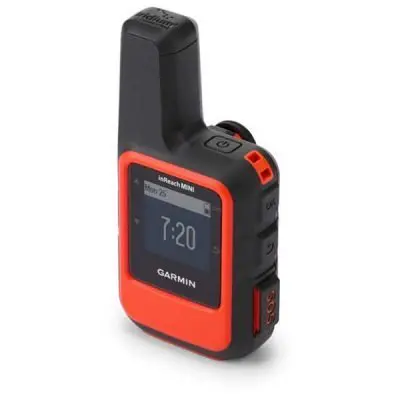
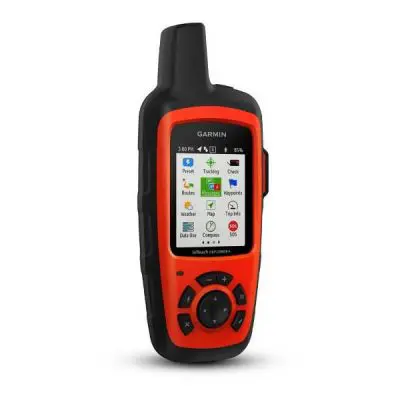
Highest-Rated CDT Satellite Messengers/PLBs
In addition to being the most commonly used device on the Continental Divide Trail, the inReach Mini 2 was also the highest-rated satellite messenger on the trail. The inReach Mini 2 can be used for two-way messaging, navigation, tracking, and as an SOS device. It weighs 3.5 oz / 99 g, recharges via USB-C, has an easy-to-use mobile app, and requires a monthly (or annual) subscription.


CDT Satellite Messengers/PLB Breakdown
| Popularity | Rating | Device | Price | Weight (oz) | Weight (g) | Messaging | Charging |
|---|---|---|---|---|---|---|---|
| 1 | 8.79 | Garmin inReach Mini 2 | $400 | 3.5 | 99 | Two-way | USB-C |
| 2 | 8.70 | Garmin inReach Mini | Discontinued | 3.5 | 99 | Two-way | Micro USB |
| 3 | 8.76 | Garmin inReach Messenger | $300 | 4 | 113 | Two-way | USB-C |
| 4 | 8.25 | Garmin inReach Explorer+ | Discontinued | 7.5 | 213 | Two-way | Micro USB |
| 5 | -- | ZOLEO Satellite Communicator | $200 | 5.3 | 150 | Two-way | Micro USB |
Ice Axes
Ice axes are not something all Continental Divide Trail hikers will use. How much snow a hiker encounters depends on the year, the hike’s direction, and the hiker’s start date. Typically, the San Juan Mountains in Colorado, the Wind River Range in Wyoming, or Glacier National Park in Montana are where hikers need to concern themselves with snow.
Perhaps the most important thing to do when choosing an ice axe for the trail is to ensure you know how to use it. An ice axe is not a magical amulet of protection that you strap to your pack or carry through the mountains to ward off the ills of snow travel. It’s a tool that can assist you with snow travel and potentially save your life. If you don’t know what self-arresting is (or how to self-arrest), that’s a good place to start.
This year, 51.6% of Continental Divide Trail hikers carried an ice axe.
Most Common/Highest Rated CDT Ice Axes
This year, the C.A.M.P. Corsa was the most commonly found ice axe on the Continental Divide Trail. It’s the lightest ice axe on the list at 7.2 oz / 204 g and has an all-aluminum construction. The $120 axe has a straight shaft and comes in 50, 60, and 70 cm lengths.
The C.A.M.P. Corsa, Black Diamond Raven, and Grivel G1 were the only three ice axes used by enough hikers to earn a rating. The C.A.M.P. Corsa was the highest rated, the Grivel G1 was second, and the Black Diamond Raven was third.
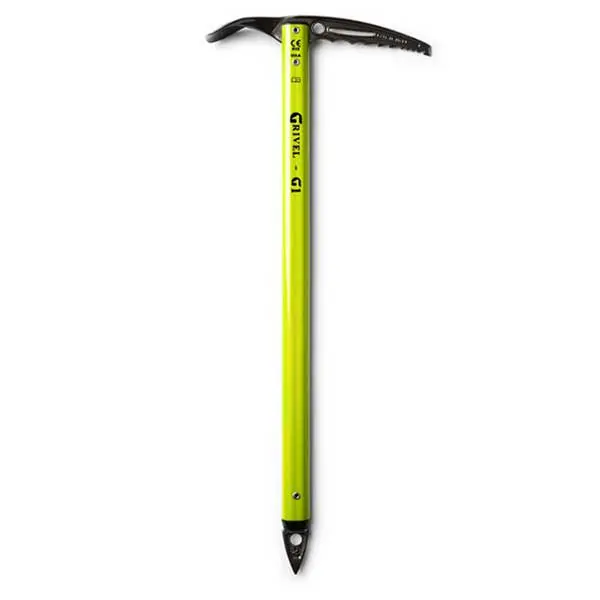
CDT Ice Axe Breakdown
| Popularity | Rating | Ice Axe | Price | Weight (oz) | Weight (g) | Material(s) | Shaft Shape |
|---|---|---|---|---|---|---|---|
| 1 | 8.39 | C.A.M.P. Corsa | $120 | 8.2 | 232 | Aluminum | Straight |
| 2 | 7.27 | Black Diamond Raven | $110 | 15.7 | 445 | Aluminum, steel | Straight |
| 3 | 7.40 | Grivel G1 | $90 | 16.2 | 459 | Aluminum, steel | Straight |
| 4 | -- | C.A.M.P. Corsa Nanotech | $160 | 8.9 | 252 | Aluminum, steel | Curved |
| 5 | -- | Black Diamond Raven Pro | $140 | 14.2 | 406 | Aluminum, steel | Curved |
| 6 | -- | Petzl Summit 2 | $140 | 13.4 | 380 | Aluminum, steel | Curved |
| 7 | -- | Petzl Glacier | $110 | 12.3 | 349 | Aluminum, steel | Straight |
| 8 | -- | C.A.M.P. Corsa Alpine | $120 | 8.5 | 241 | Aluminum, steel | Curved |
Traction Systems
Like ice axes, traction systems are not something every Continental Divide Trail hiker will need. If you’re unfamiliar with these, they’re essentially the younger sibling to a crampon – spikes on your feet to make travel across snow and ice easier. Most attach to your shoes via a stretchy harness and have spikes on the bottom below your heel and forefoot for traction.
This year, just under 70% of hikers carried a traction device.
Most Common CDT Traction Systems
This year, the Kahtoola MICROspikes Traction System was the most common traction system on the Continental Divide Trail, with 47.1% of hikers using it. It’s an over-the-shoe, spikes-on-the-bottom system that weighs 11 oz / 312 g. It comes in four sizes and has stainless steel spikes.
The Kahtoola MICROspikes Traction System was also the only traction system used by more than ten hikers, making it the only one eligible for a rating. Hikers rated it 8.25 on a ten-point scale.
CDT Traction System Breakdown
| Popularity | Rating | Traction Device | Price | Weight (oz) | Weight (g) | Type |
|---|---|---|---|---|---|---|
| 1 | 8.25 | Kahtoola MICROspikes | $75 | 11 | 312 | Spikes |
| 2 | -- | Snowline Chainsen Light | $70 | 8.6 | 243 | Spikes |
| 3 | -- | Black Diamond Contact Strap Crampons | $170 | 28.5 | 808 | Crampon |
| 4 | -- | Hillsound Trail Crampons | $85 | 15.7 | 445 | Spikes |
| 5 | -- | Snowline Chainsen Pro Crampon | $95 | 9.1 | 257 | Spikes |
Smartwatches/Fitness Trackers
Watches and fitness trackers are not something every hiker uses and are typically overlooked as a piece of thru-hiking gear, but they can be helpful on the trail. 34.5% of CDT hikers had a smartwatch or fitness tracker with them on their hikers to collect that sweet hiking data (or just tell them the time). Here are the most common and highest-rated (yes, the lists are the same).
CDT Fitness Trackers
This year, the Garmin fenix was the most common smartwatch/fitness tracker on the Continental Divide Trail this year. The Garmin fenix is a full-featured tracker that can provide speed, altitude, heart rate, weather, sunrise and sunset, storm warnings, maps, and more. It can also be loaded with music, paired via Bluetooth, and is water-resistant to 100 meters.
The Garmin fenix and the Garmin Instinct were the only two watches used by enough hikers to earn a rating. The fenix was the highest rated with a rating of 8.88, and the Instinct was the second highest with a rating of 7.82.
CDT Smartwatch/Fitness Tracker Breakdown
| Popularity | Rating | Device | Price | Battery | Altimeter |
|---|---|---|---|---|---|
| 1 | 8.88 | Garmin fenix | $1100 | Smartwatch: 29 days GPS: 84 hr | Pressure-based |
| 2 | 7.82 | Garmin Instinct | $450 | Smartwatch: 24 days GPS: 40 hr | Pressure-based |
| 3 | -- | Garmin Forerunner | $600 | Smartwatch: 23 days GPS: 31 hr | Pressure-based |
| 4 | -- | COROS APEX Pro | $449 | Standard: 24 days GPS: 66 hr | Pressure-based |
| 5 | -- | Garmin vivoactive | $300 | Smartwatch: 11 days GPS: 21 hr | None |
Highest-Rated vs. Most Common Gear
How do the highest-rated and most common Continental Divide Trail gear lists stack up? As with previous years, it appears most hikers opted for lighter gear, but those who carried heavier gear were often happy with their choices. The eternal struggle between comfort and weight in the world of thru-hiking marches forward.
| CDT Gear | Highest Rated | Most Common |
|---|---|---|
| Total cost* | $3,419 | $3,106 |
| Total weight – Big 3 | 4.53 lbs / 2.053 kg | 4.32 lb / 1.960 kg |
| Total weight – Big 4 | 5.49 lbs / 2.492 kg | 5.13 lb / 2.329 kg |
| All CDT gear** | 9.51 lbs / 4.314 kg | 9.4 lb / 4.262.14 kg |
*This does not include the price of a fitness tracker
**This does not include poles, shoes, socks, or a fitness tracker
Base Weights
Base weight. The thing that completely defines some hikers, that others have difficulty defining, and that others don’t care about at all. Simply put, it’s how much your backpack weighs when fully loaded with your gear, minus the weight of food, water, and/or consumables (like your poopy paper).
Some hikers will tell you the best gear is the lightest gear and that there’s no benefit to carrying any “unnecessary” weight in your pack. Others will say to you ultralight gear is little better than badly-sewn-together garbage and that having quality gear (without regard to weight) is the only way to live your best trail life. They’re both right, and they’re both wrong. The “right gear” is the gear that works for you (and that you’re happy with).
Ultimately, carrying a lighter pack is more enjoyable than carrying a heavy one. However, not having the proper gear if/when you need it can quickly eliminate any benefit realized from having a lighter pack. The base weight for you is the one you’re the happiest carrying. Anyone who tries to tell you otherwise has no business telling you so.
| Base Weights | Thru-Hikers | Thru-Hikers (1) | Thru-Hikers (0) |
|---|---|---|---|
| Start | 15.49 lb / 7.026 kg | 15.3 lb / 6.940 kg | 17.1 lb / 7.756 kg |
| End | 14.66 lb / 6.650 kg | 14.61 lb / 6.627 kg | 15.1 lb / 6.849 kg |
| Change | -0.83 lb / -376 g | -0.69 lb / -313 g | -2 lb / -907 g |
| % Change | -5.8% | -4.6% | -12.2% |
Other Gear Carried
The items detailed above are not the only items in CDT hiker backpacks. There’s a lot of gear that, while not completely necessary (shoes, for example), is still carried by many CDT hikers. If you think any of these should be added to the detailed breakdown, please let me know (headlamps are one I’m considering including in the future).
- 93.2% – Battery pack
- 89.3% – Gloves
- 82.0% – Trowel
- 68.4% – Bottom baselayer
- 65.5% – First-aid kit
- 58.7% – Top baselayer
- 58.3% – Pillow
- 57.3% – Neck gaiter (aka Buff)
- 56.8% – Rain pants
- 45.6% – Gaiters (shoes)
- 27.7% – Sleeping bag liner
- 27.7% – Wind pants
- 26.7% – Wind jacket

Battery Packs
Battery packs have been moved from luxury items to additional gear as they’re now carried by nearly every hiker (if you’re thinking of bringing a solar panel, you may want to reconsider this decision; or not, just saying).
Thru-Hikers
16,020 mAh
Average battery pack size
(M = 20,000 | σ = 5642)
Luxury Items
Continental Divide Trail hikers obsess over their gear lists and what goes into their packs, but most everyone has something that someone else could consider a luxury item. Some people believe their phone to be an essential and multifunctional piece of gear, while others may scoff at using one to take photos, listen to music, and use GPS in the wilderness.
In the thru-hiking community, the term “luxury item” can mean many different things depending on who you’re talking to. Essentially, it’s anything not necessary for your trip. However, what’s considered necessary can change significantly depending on who you’re talking to. I will move battery packs out of the luxury item category next year.
Here are the most popular “luxury items” on the trail this year.
- 39.1% – Camp shoes
- 20.8% – Towel
- 17.4% – Journal
- 16.9% – Town clothes
- 15.0% – Massage ball
- 11.1% – Down booties
- 7.2% – Deodorant
- 5.3% – Kindle
- 4.8% – Down pants
- 3.4% – Fishing pole
- 2.9% – Book
- 1.5% – Instrument

Gear Advice
To wrap up this portion of the gear breakdown (posts on couples’ gear and gear broken down by gender are on the way), I have advice from this year’s CDT Class on gear choices and gear lists for future CDT hikers.
- Don’t stress out about base weight. Start by figuring out which alternate or trail you’d like to do, then look at what you need to do that trail: how much water you need to carry, how many days of food, what kind of weather you expect, and whether there is going to be snow. Once you have this figured out, you can work out the gear you need to safely and comfortably do what interests you.
- Tent sites on the CDT are less developed and almost always have sharp gravel, sharp brush/roots, pine cone bits, etc. Polycryo will get trashed on day one. OEM Dyneema footprints aren’t much better.
- I bought Alpha Direct pants in Chama to sleep in for the rest of the trail, game changer.
- My rubber chicken did not count towards my base weight because chickens fly. Also, its head popped off to be used as a scoop for bad water sources, and its squeaker deterred charging dogs. Much of my gear was MYOG. Not my chicken, though.
- Waterproof gloves and socks are fantastic on cold and rainy days—socks, at least for Gila and Colorado snow. I also used a rain skirt over rain pants.
Support the Survey
Every year, I receive numerous requests for guidance on how to support the surveys. Beyond sharing them with your close-knit bubble of weird hiker friends, the best way to support the survey is to contribute via Patreon. You’ll get access to exclusive posts, discount codes, live streams, and super awesome stickers so that everyone will know how cool you are.
If you’re not into Patreon, that’s cool; you can Venmo @halfwayanywhere, Cash app $halfwayanywhere, or PayPal moc.erehwynayawflah@tcatnoc
This is not expected. The data collected in the survey will always be free and accessible to everyone who wants/needs it. Your support is much appreciated and helps pay the website (and survey) bills.



CDT Survey Collection
If you can think of anything that would make this information more useful (or if you would like to see any more gear-related cross-referencing), please leave a comment below and let me know.
Affiliate Disclosure: This page may contain affiliate links, which means I may receive small commissions for purchases made via these links at no additional cost to you. This helps pay the bills and keep the site up and running. Thank you for your support!
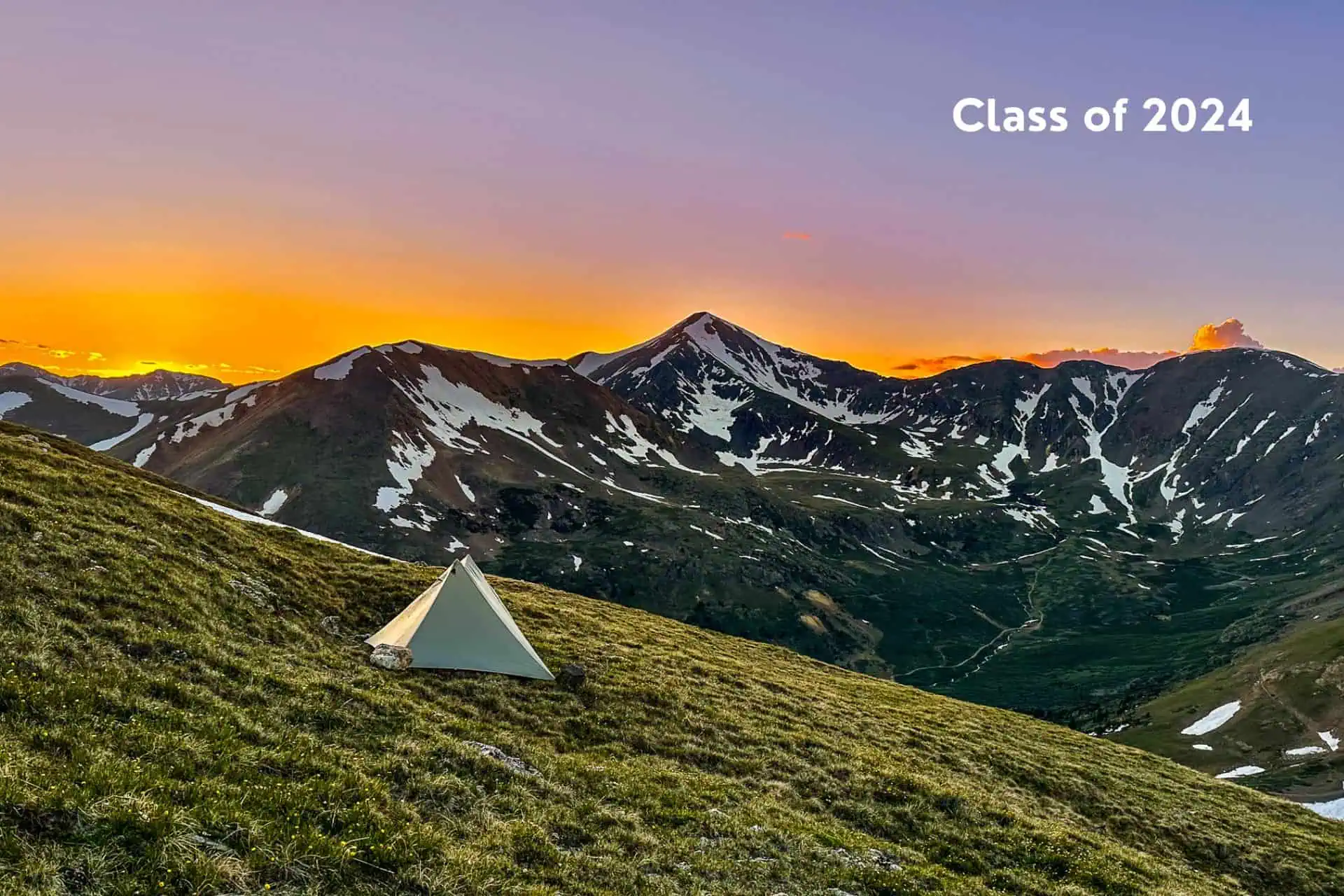
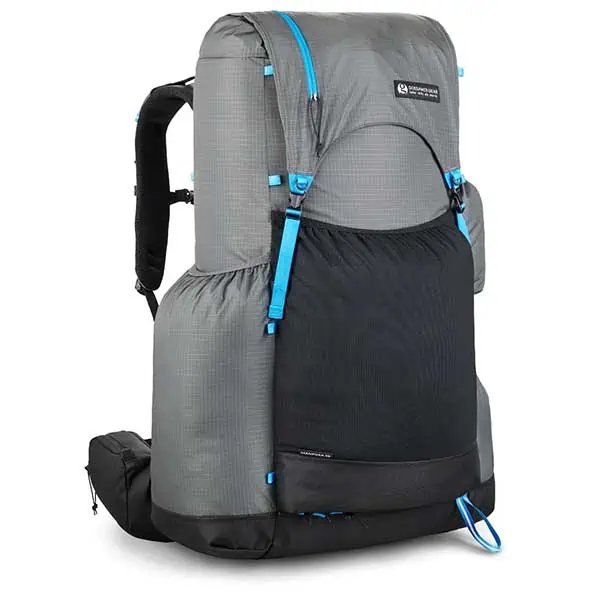
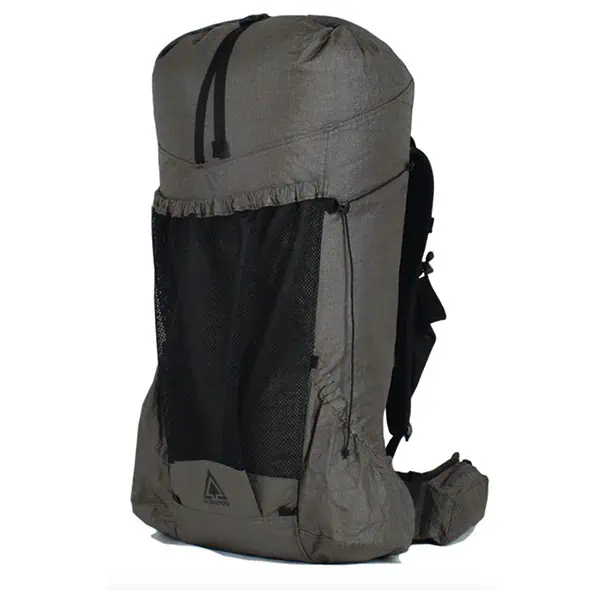
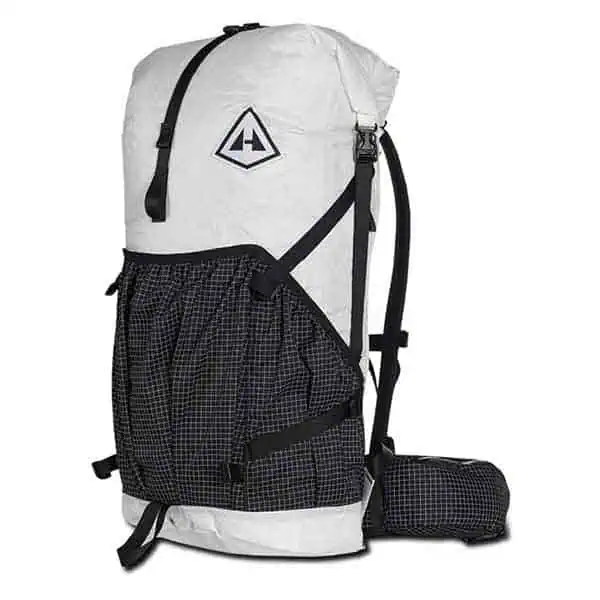
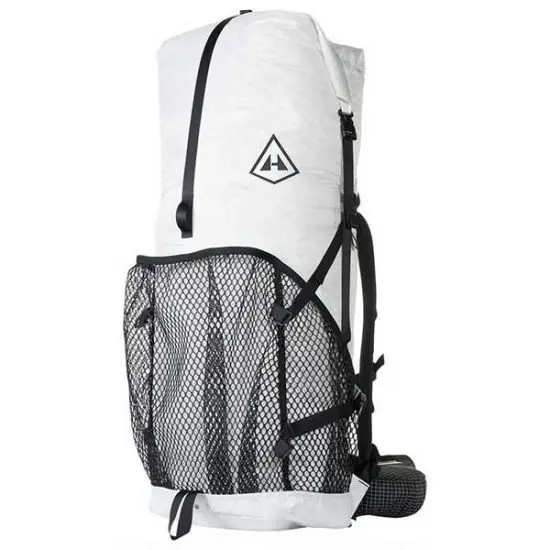
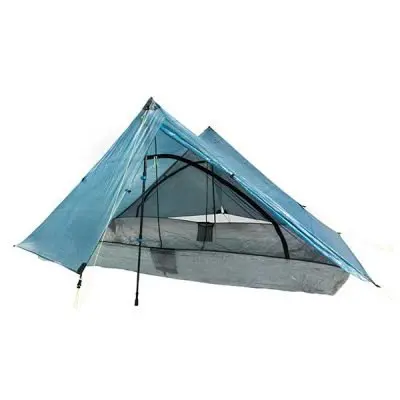
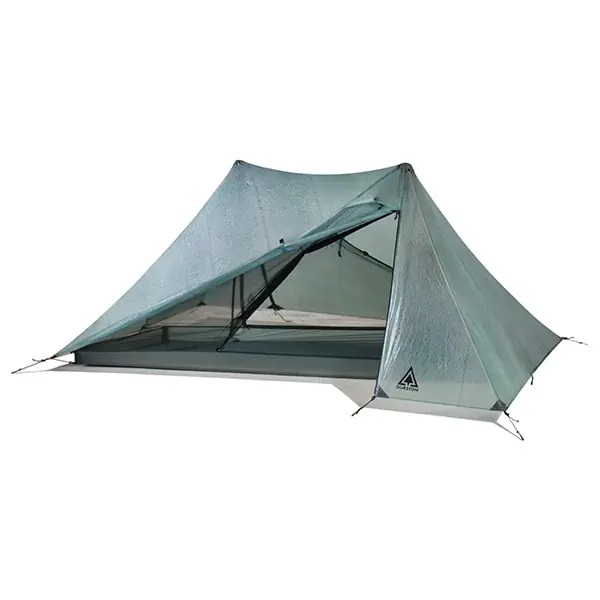

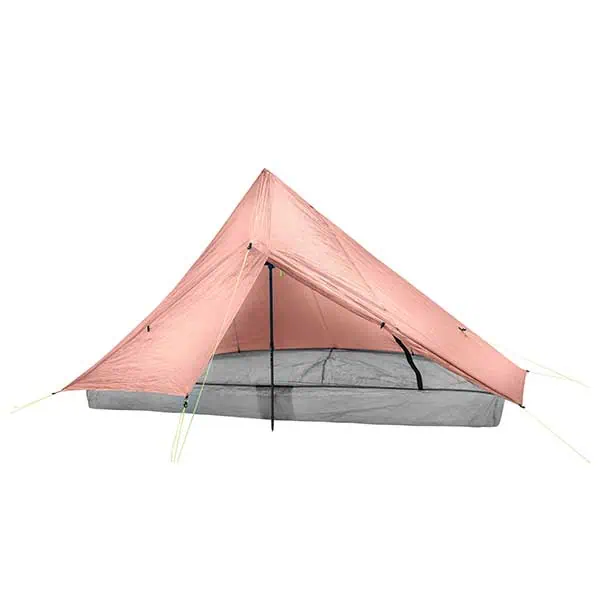

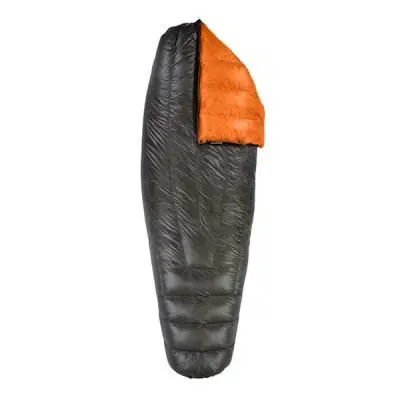
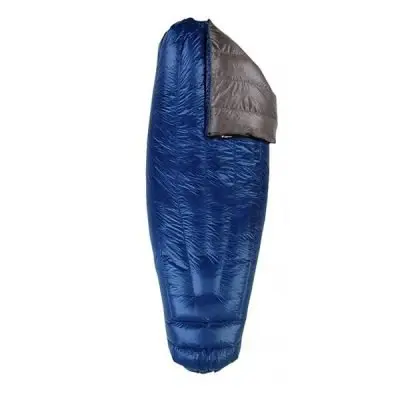
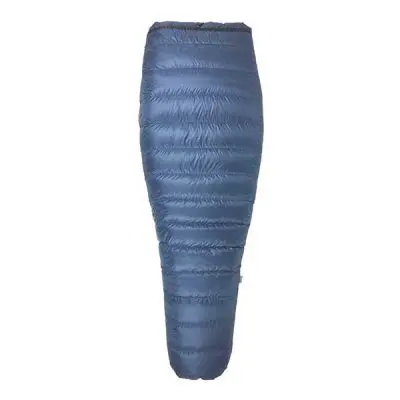
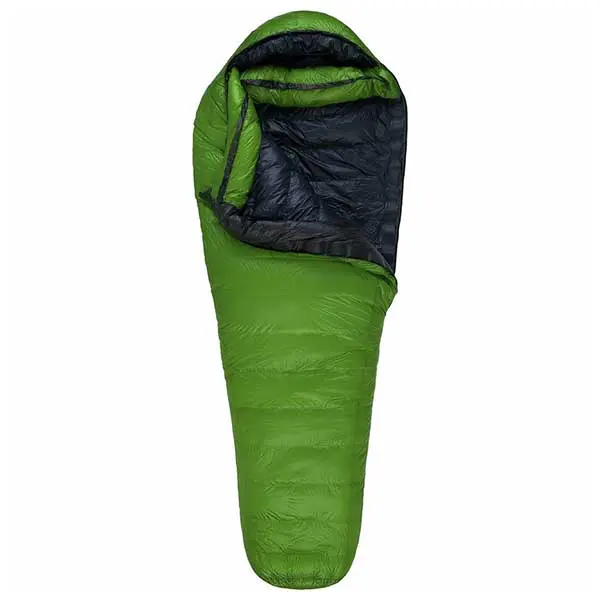
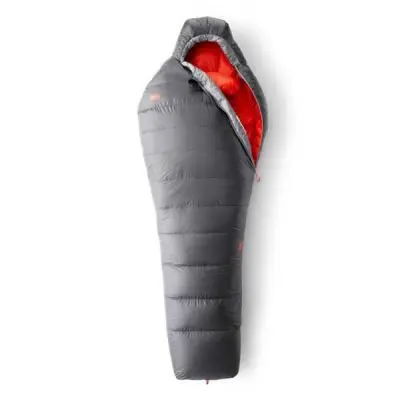
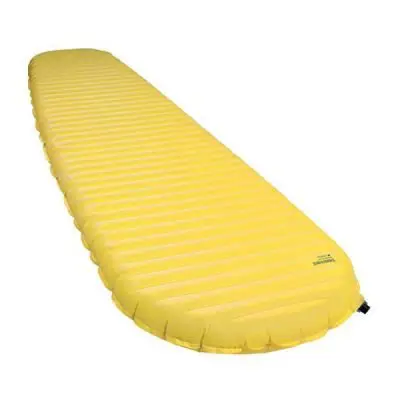
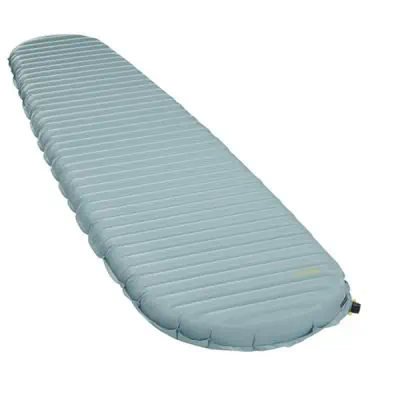
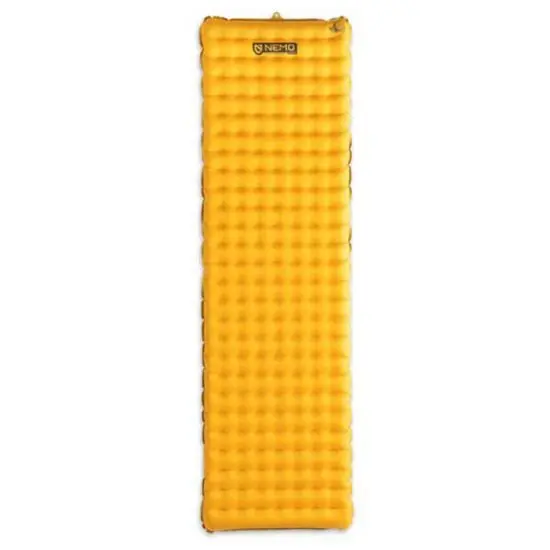

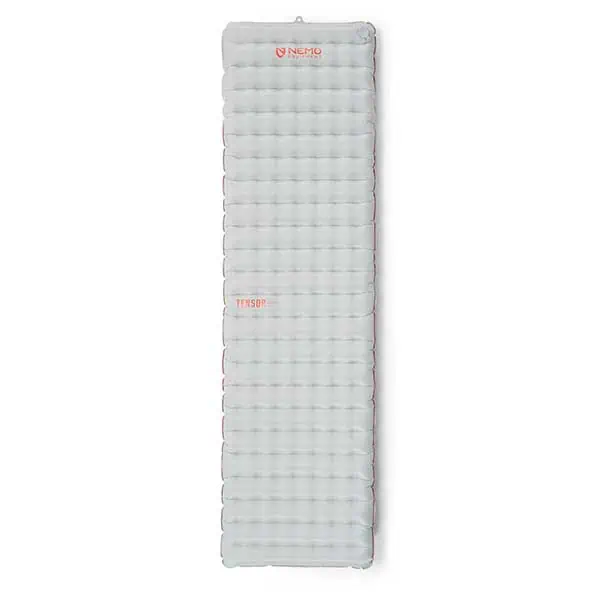
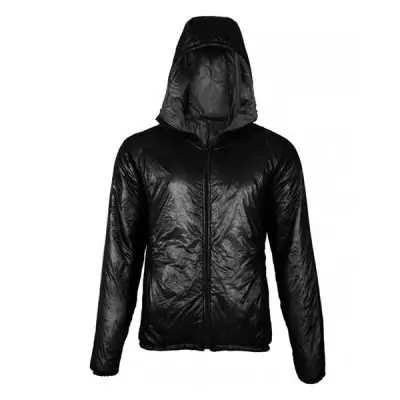


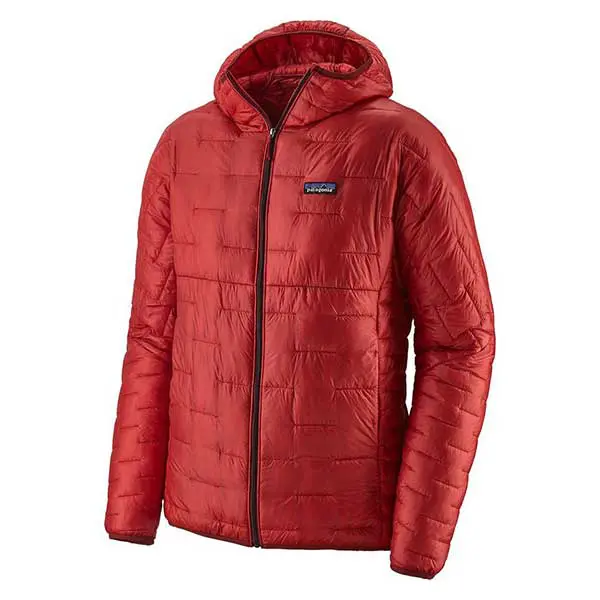
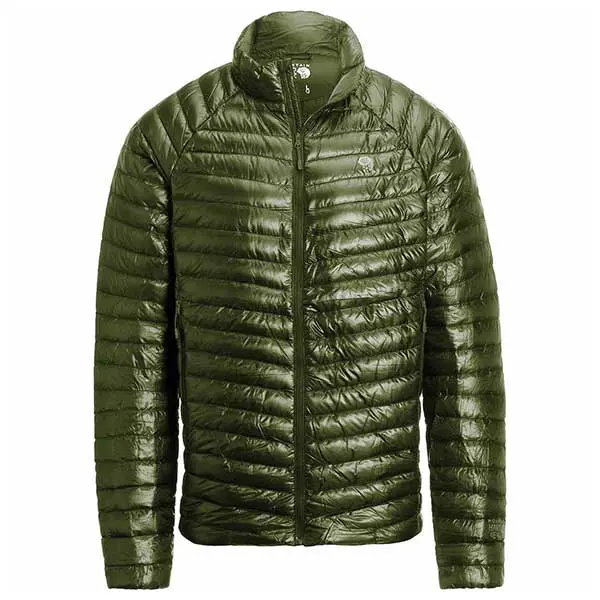
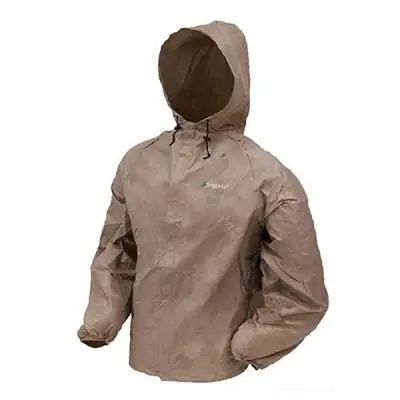
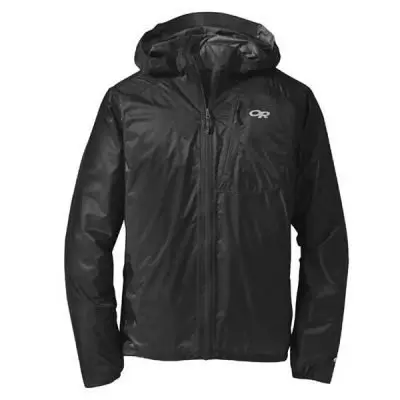


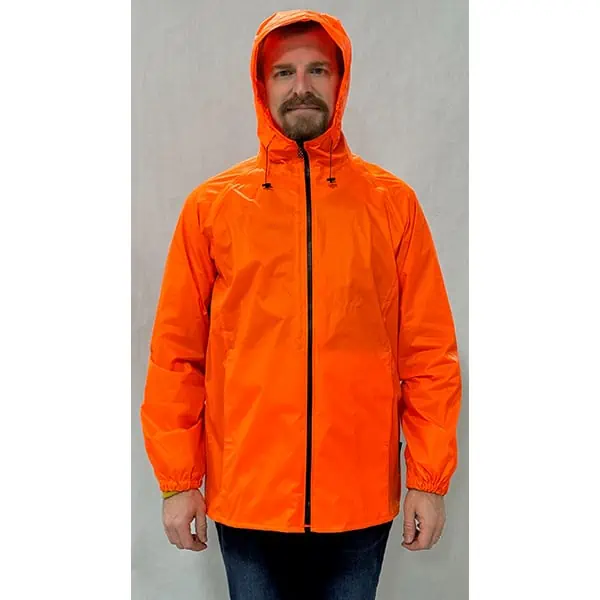

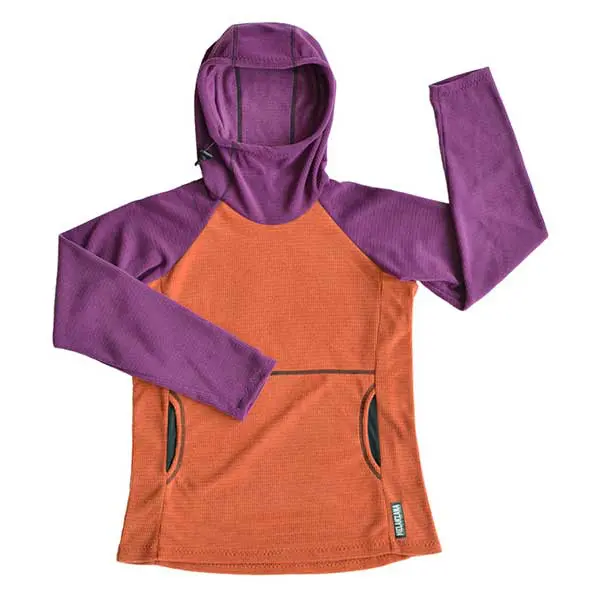
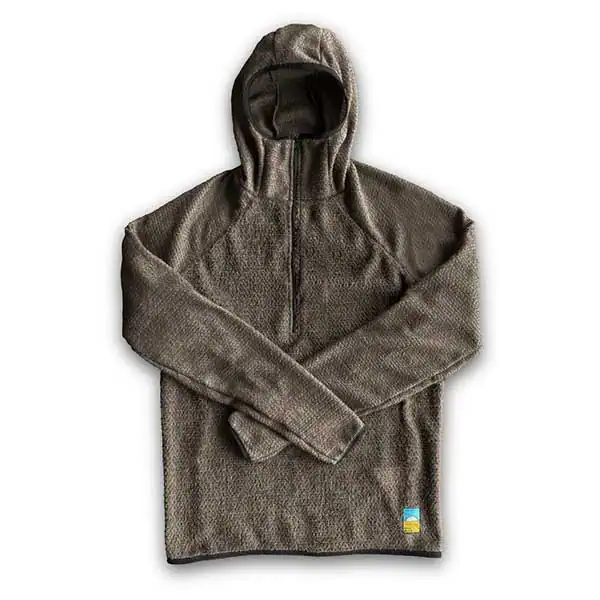
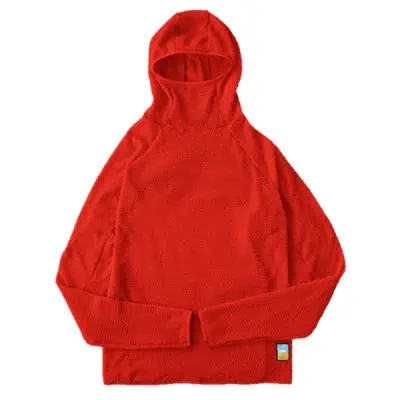
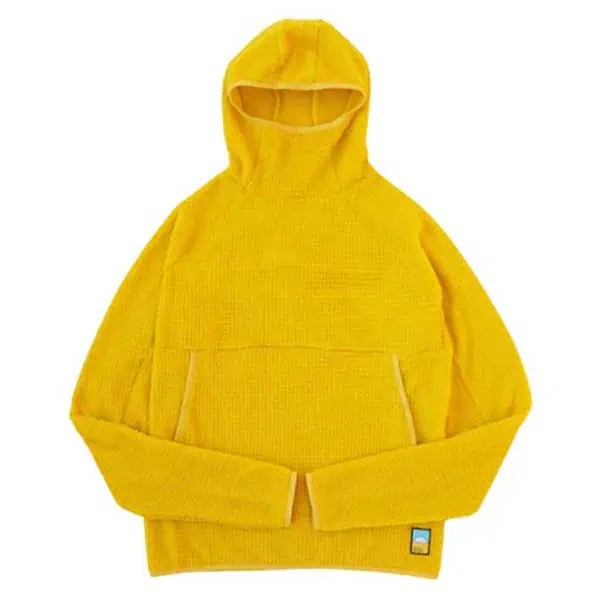
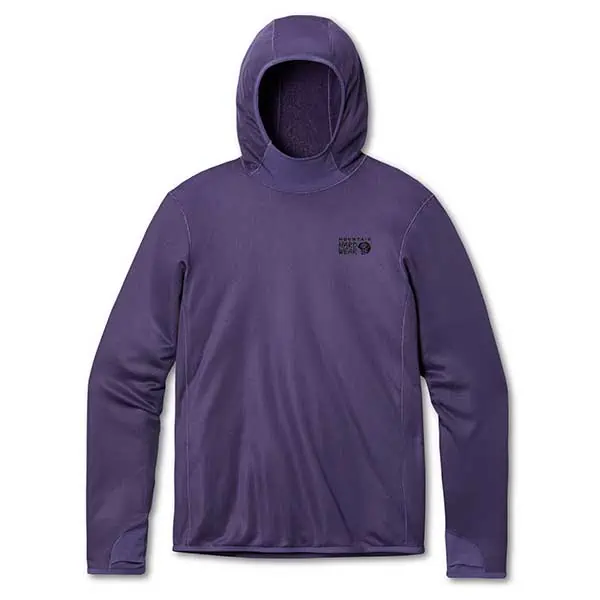
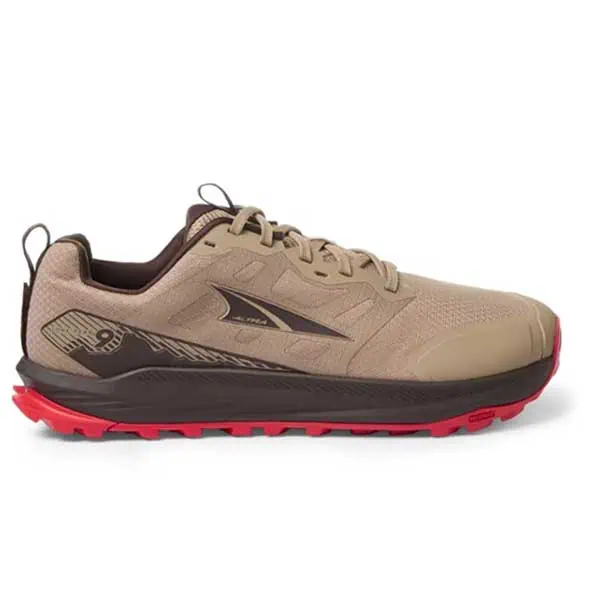


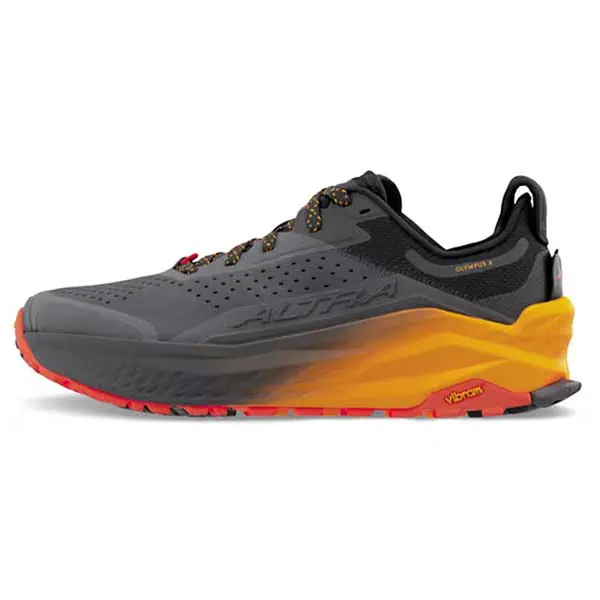
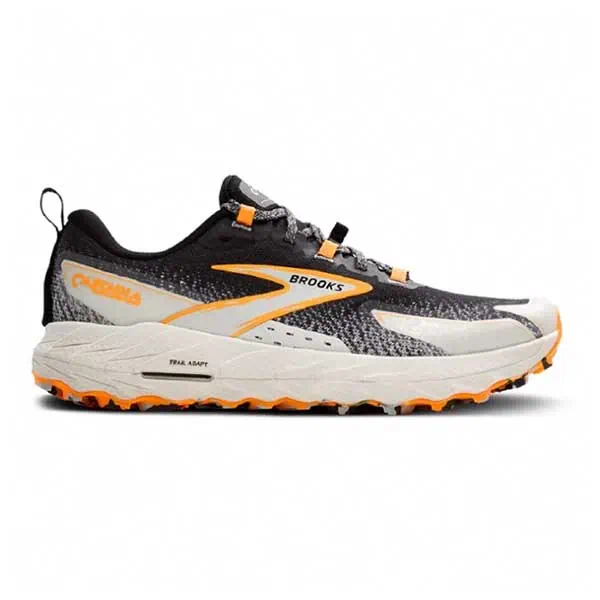
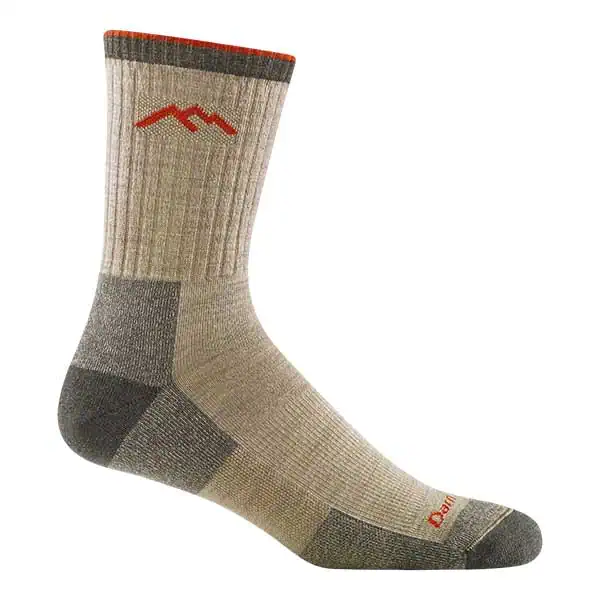

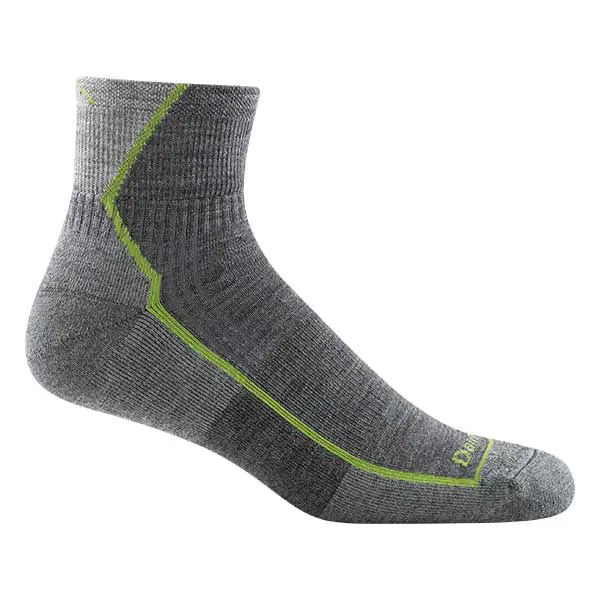
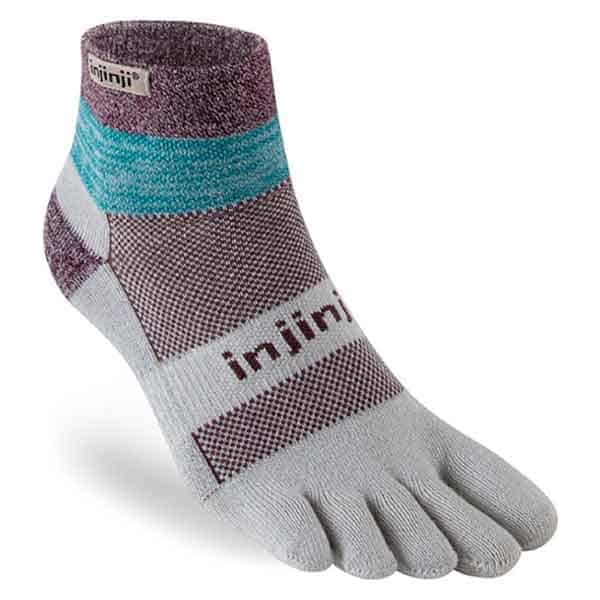
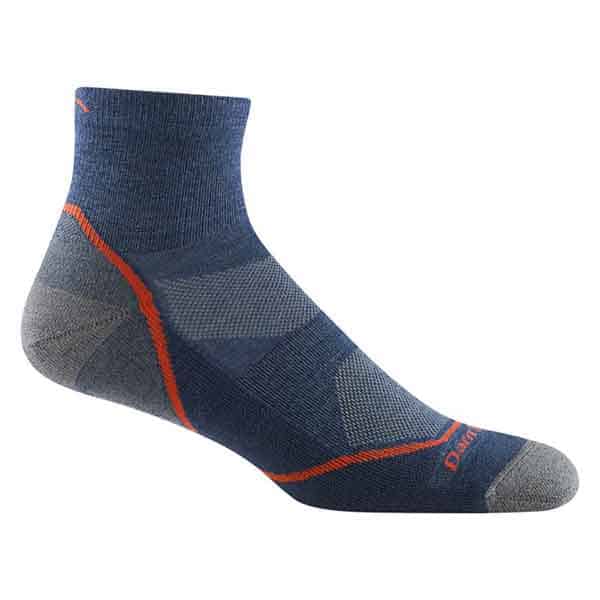
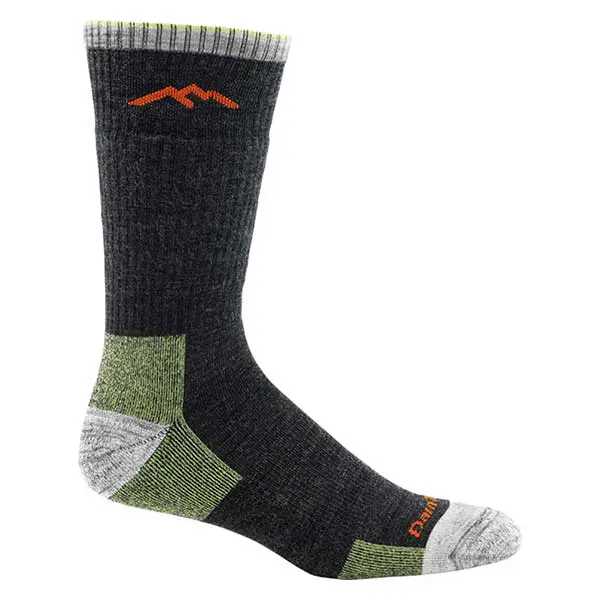
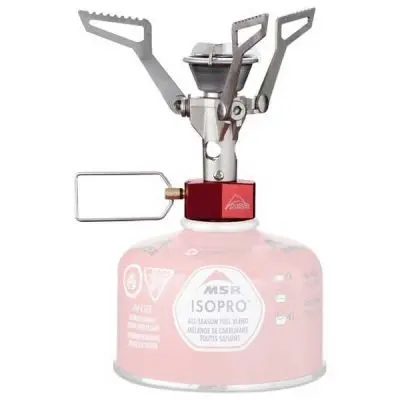
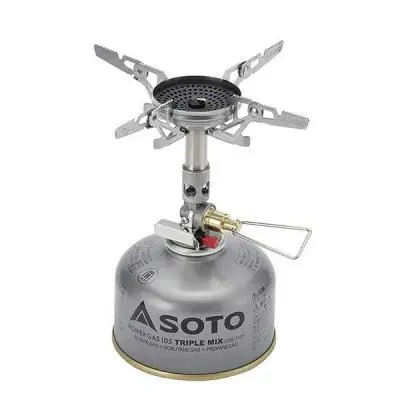
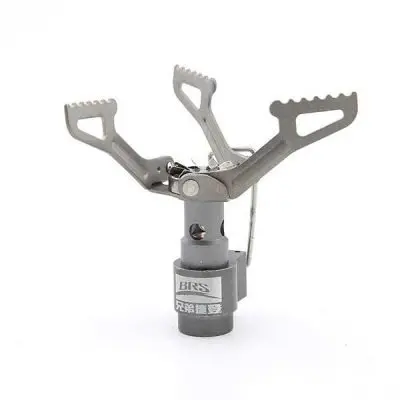
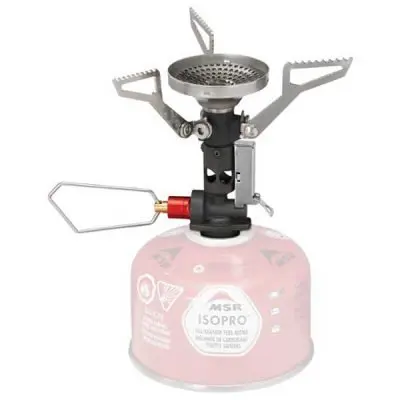
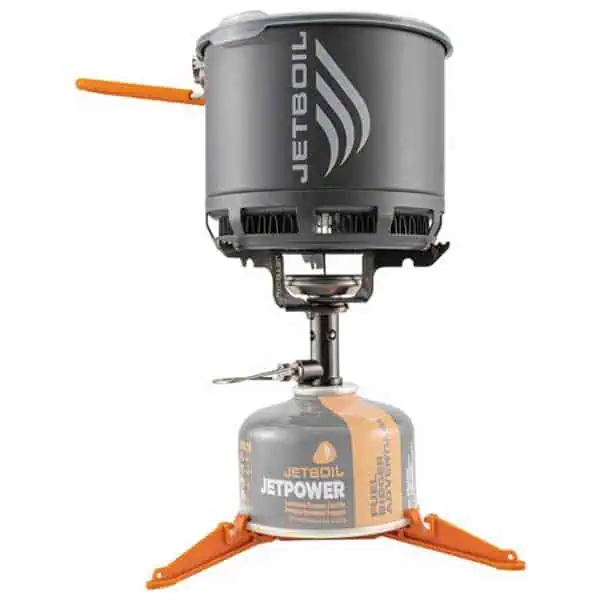

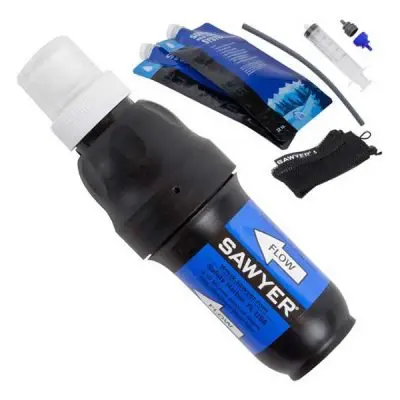
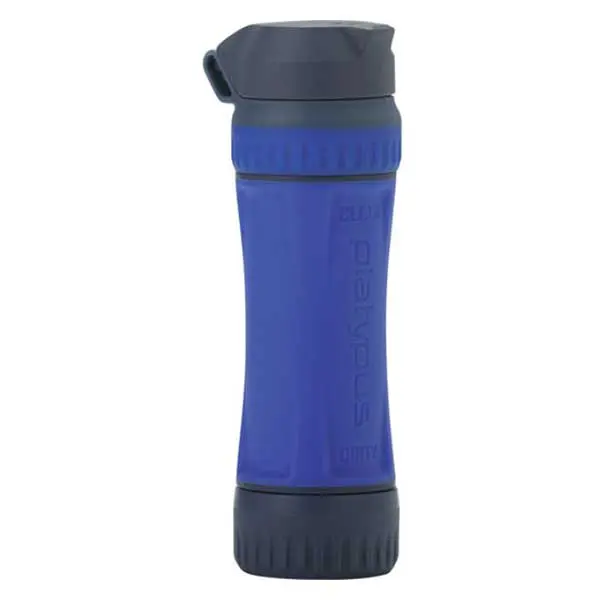
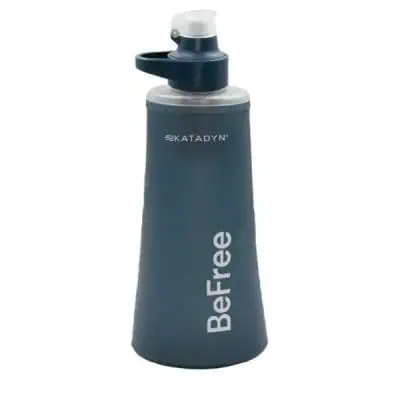
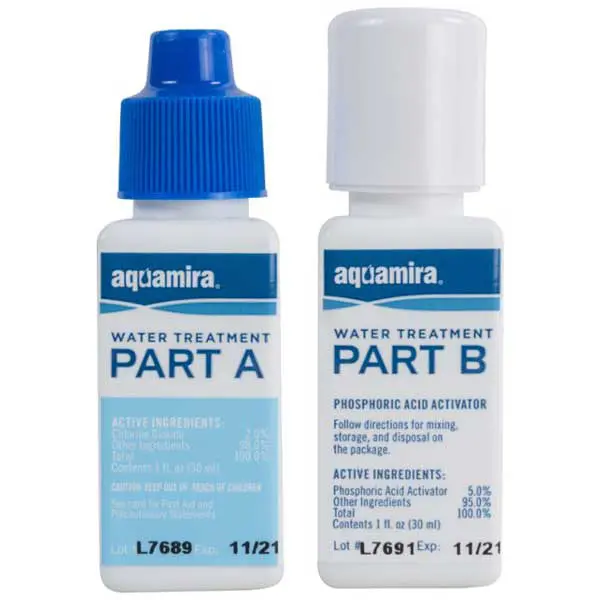

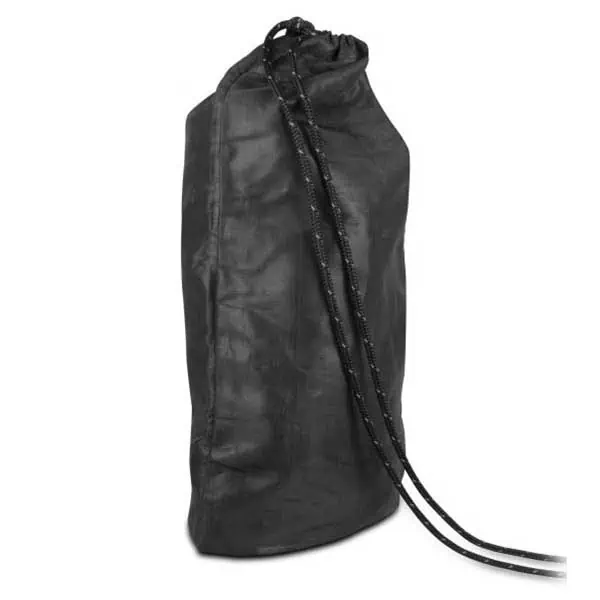
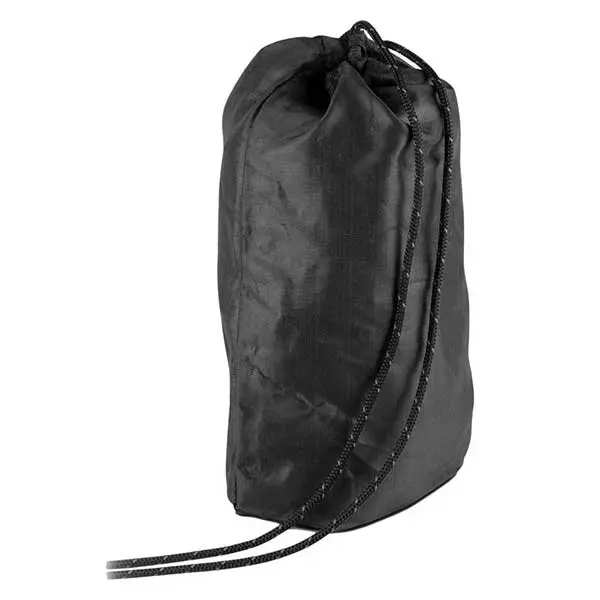
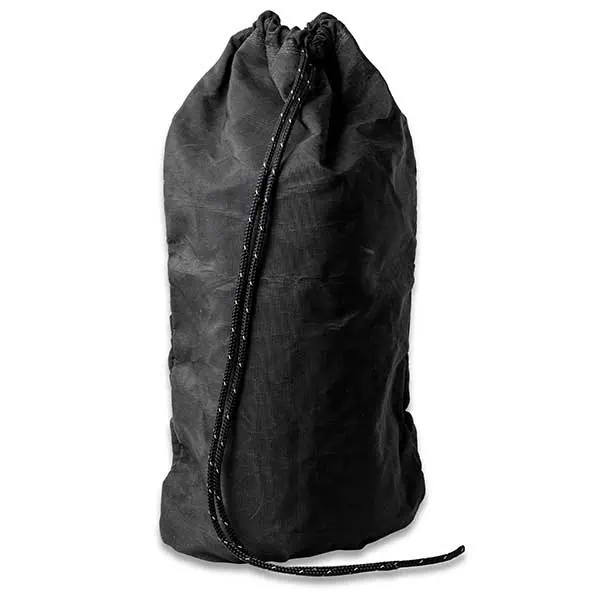
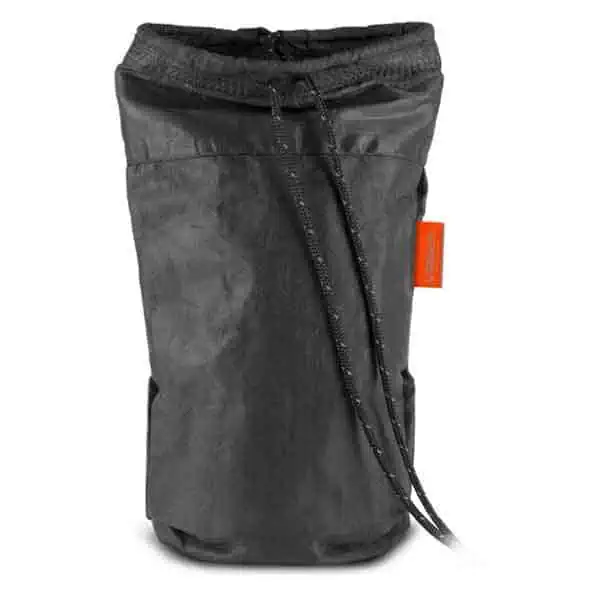
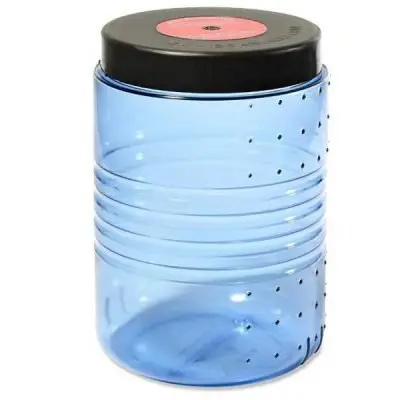
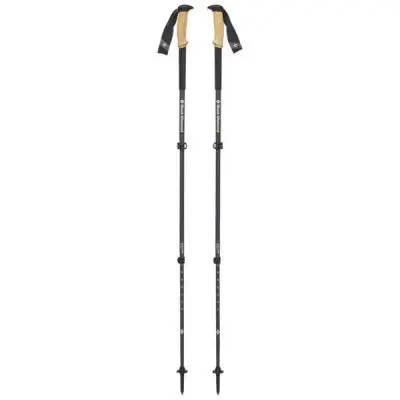
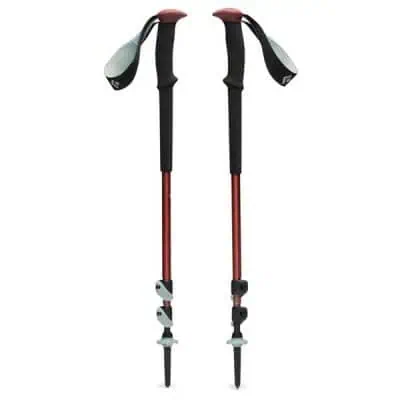
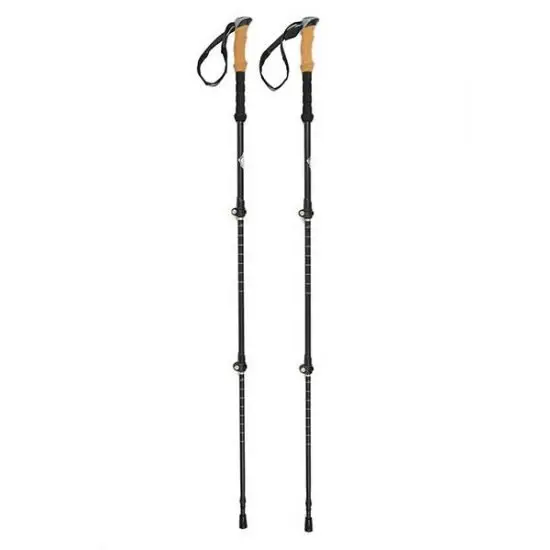
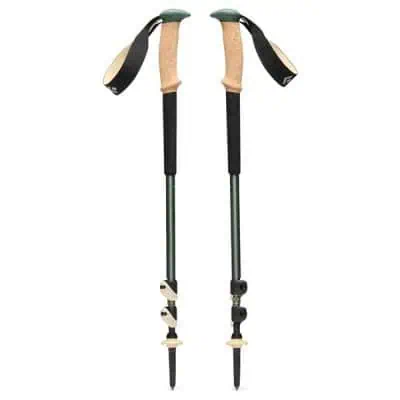
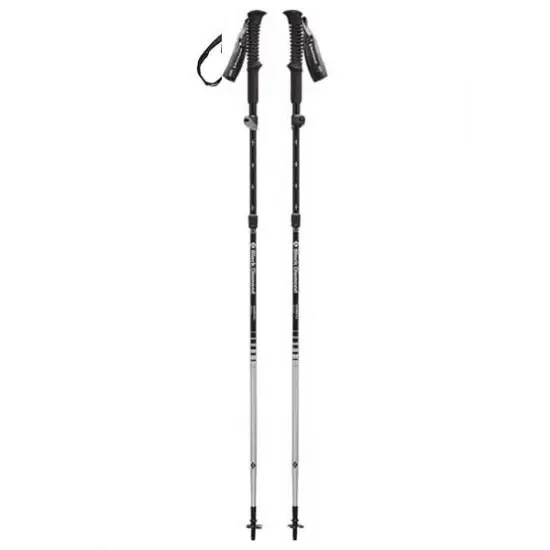
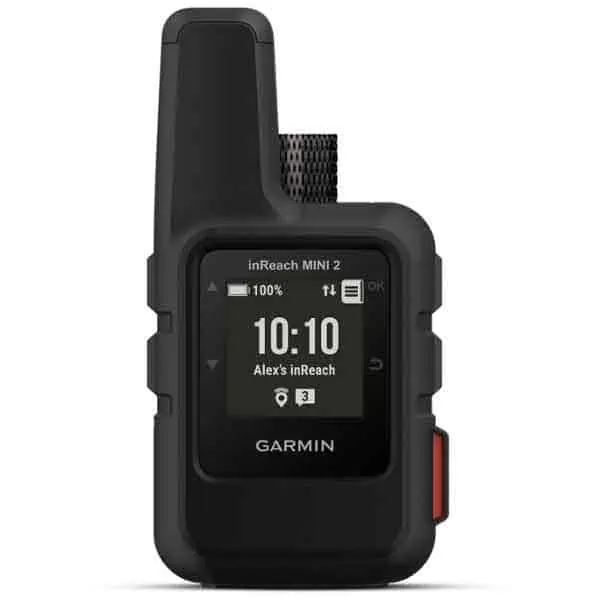
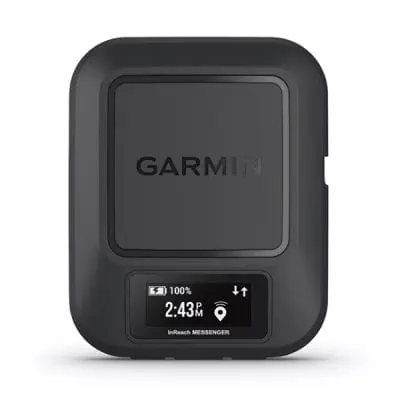
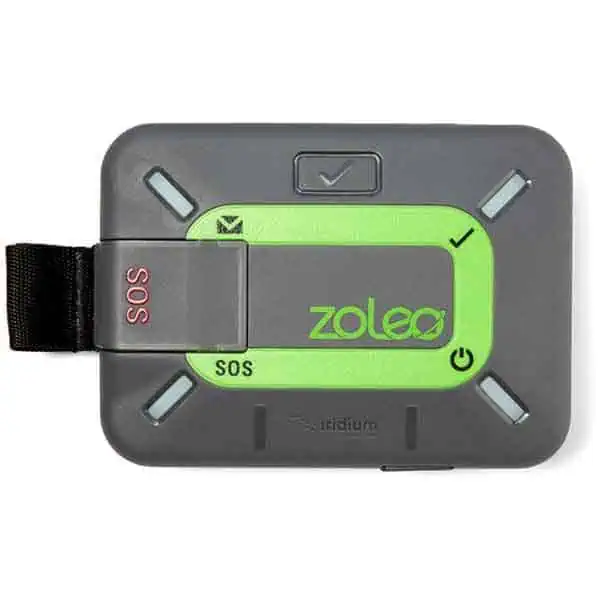
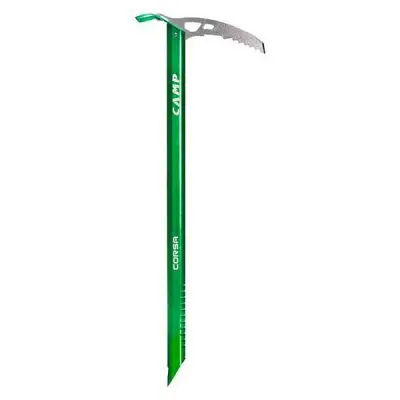

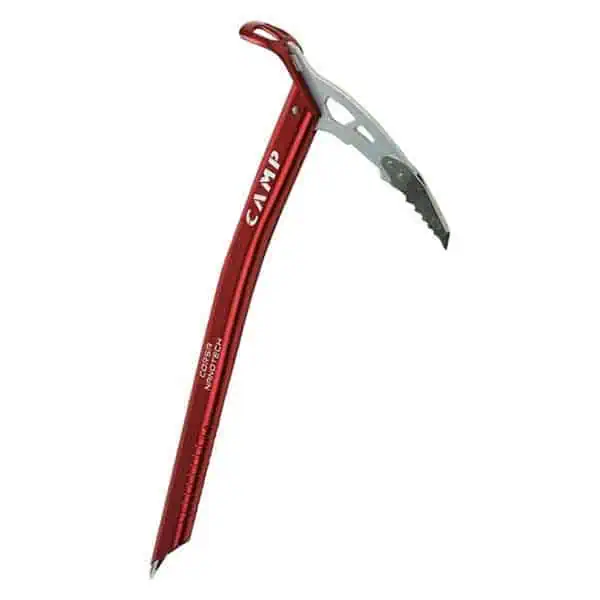
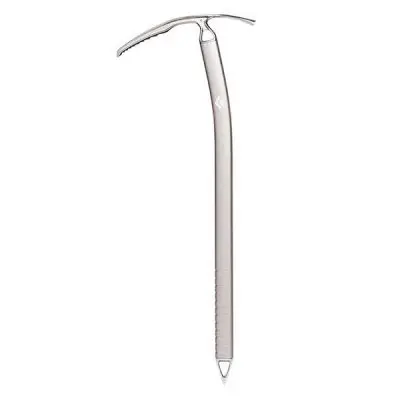
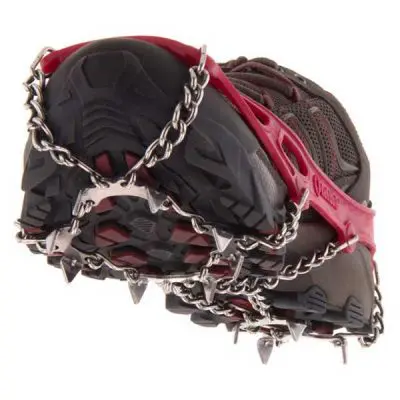
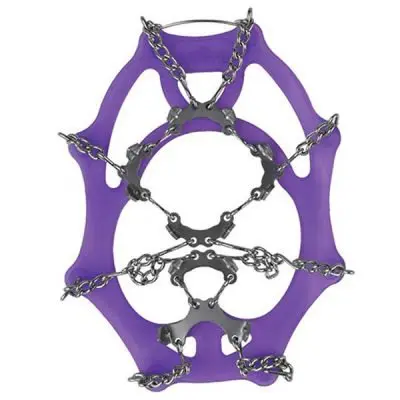
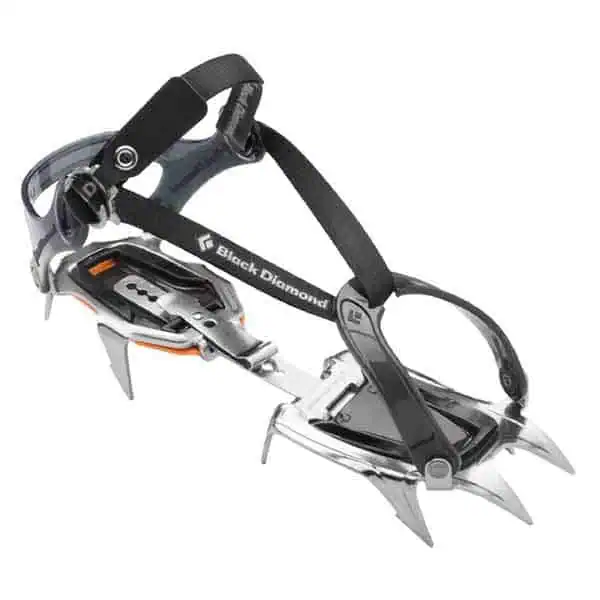
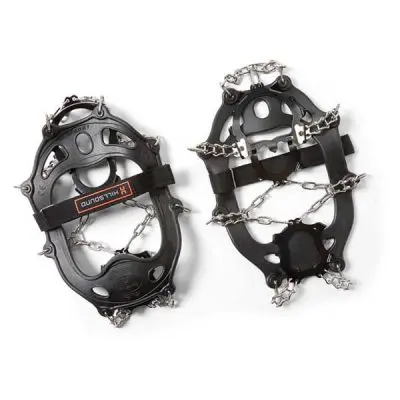

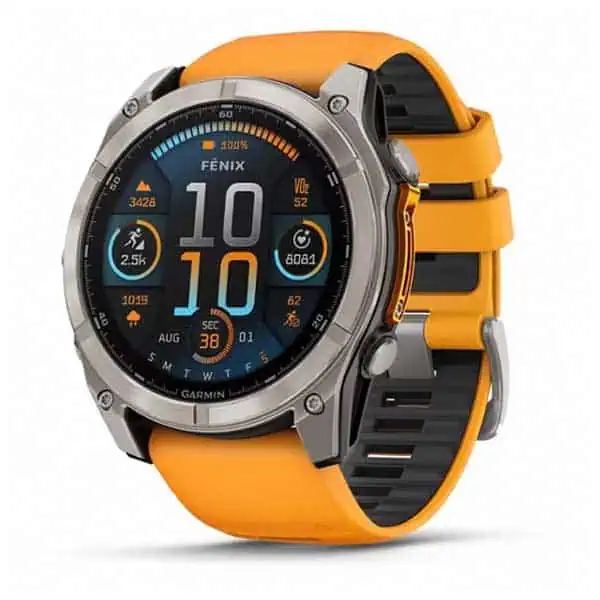

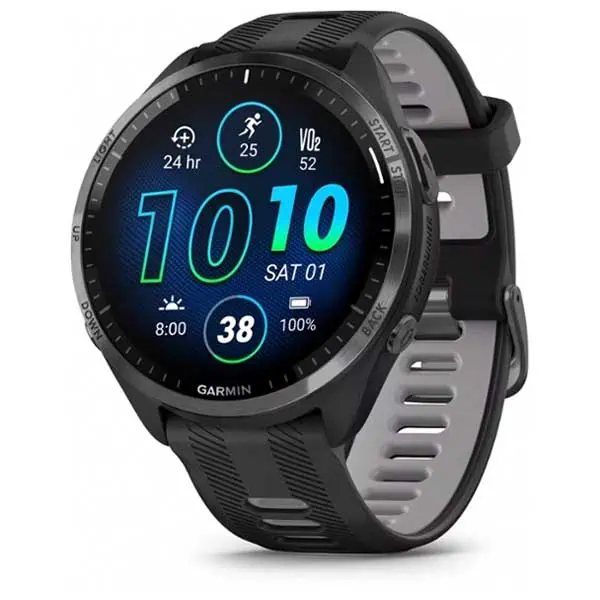


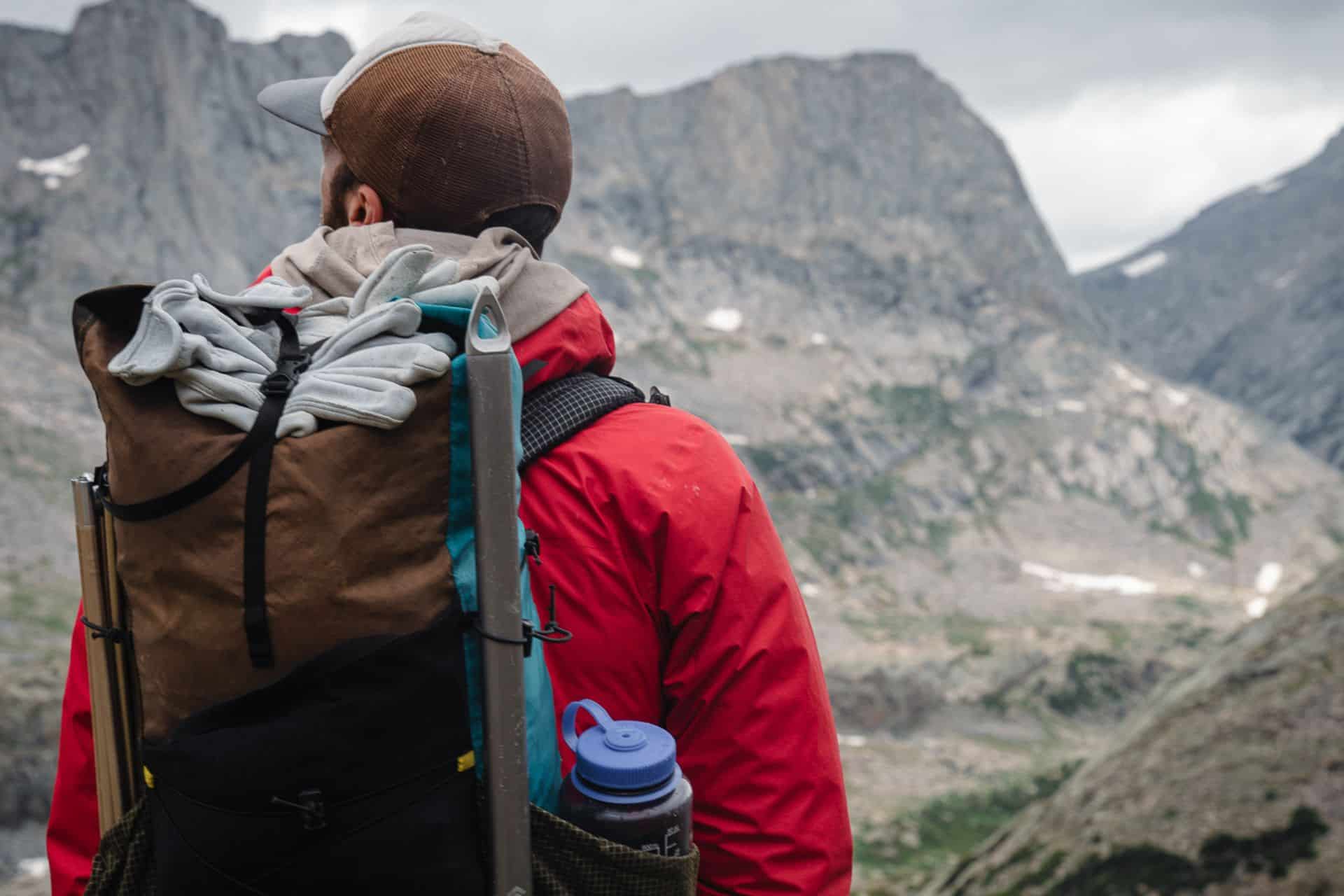



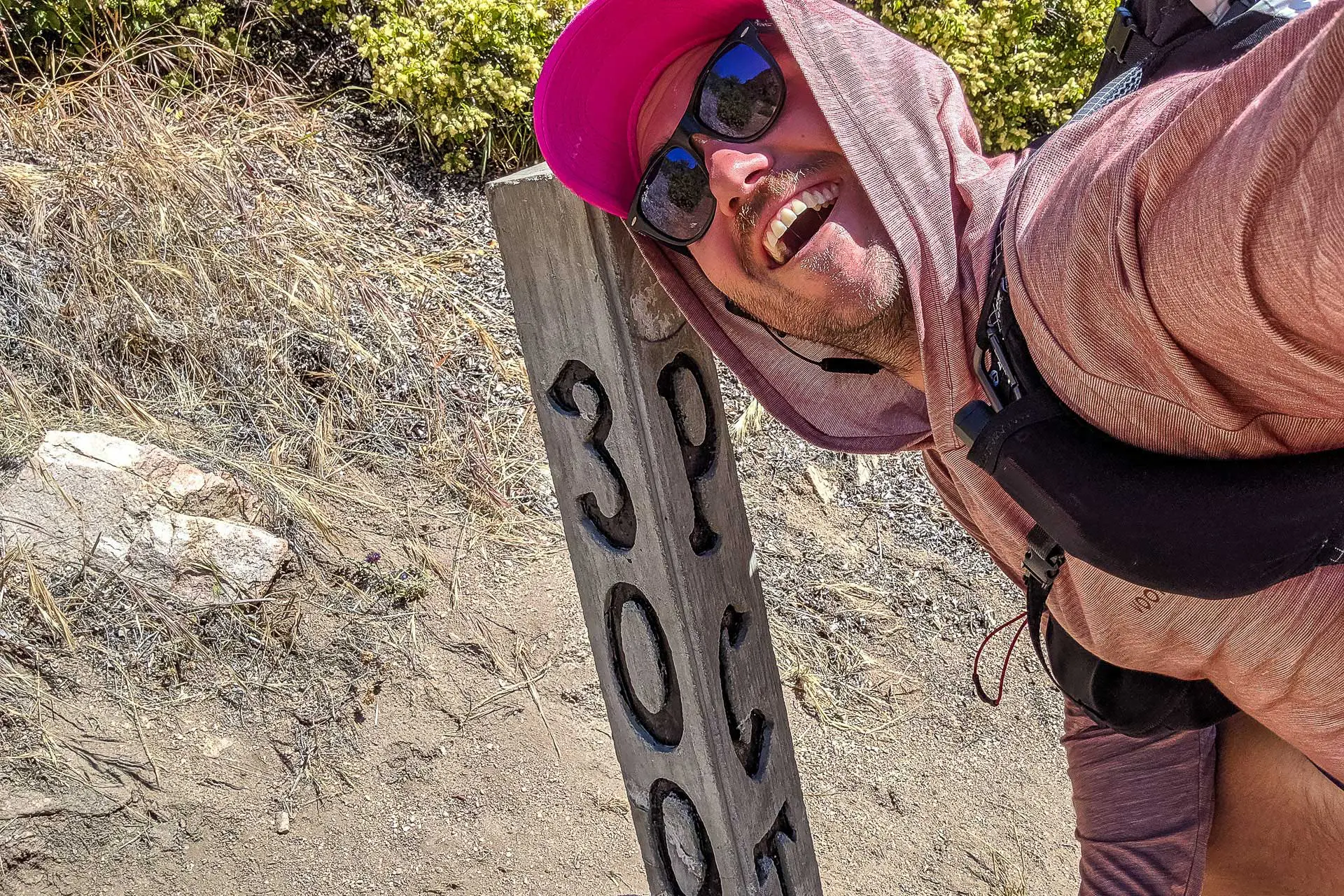

Firstly, very cool. Phenomenal effort and awesome data collection and sharing here! I have perused for about an hour and still have more to consider.
Wouldn’t it be cool if you also featured the rarest, least commonly used things here somehow though? (Or do you and I missed it?) Like each category having a “wildest item” award or something.
Like there’s a dude who was using 1/8″ Gossamer Thin Foam as a sleeping pad (and has been for years). Or there was a dude the other year (on AT anyway) who was sleeping with like a literal garbage bag and had like a 5 lbs baseweight or something bonkers. Those types of anecdotes to me are almost as, or even way more, interesting as what “most” people are doing and what the “popular” items are.
As much as I also find those anecdotes interesting, the idea behind the survey is to give a more comprehensive resource for hikers, as it’s all too easy to find individual anecdotes and experiences representing nearly anything you could want to find on the trail
I’m fascinated by changes year to year and between trails. Looking forward to finishing this year.
Best of luck!
How do you get the weight of the GG mariposa and why is it wrong from their website?
This was overlooked from a previous version and has been updated. Thank you for pointing that out!